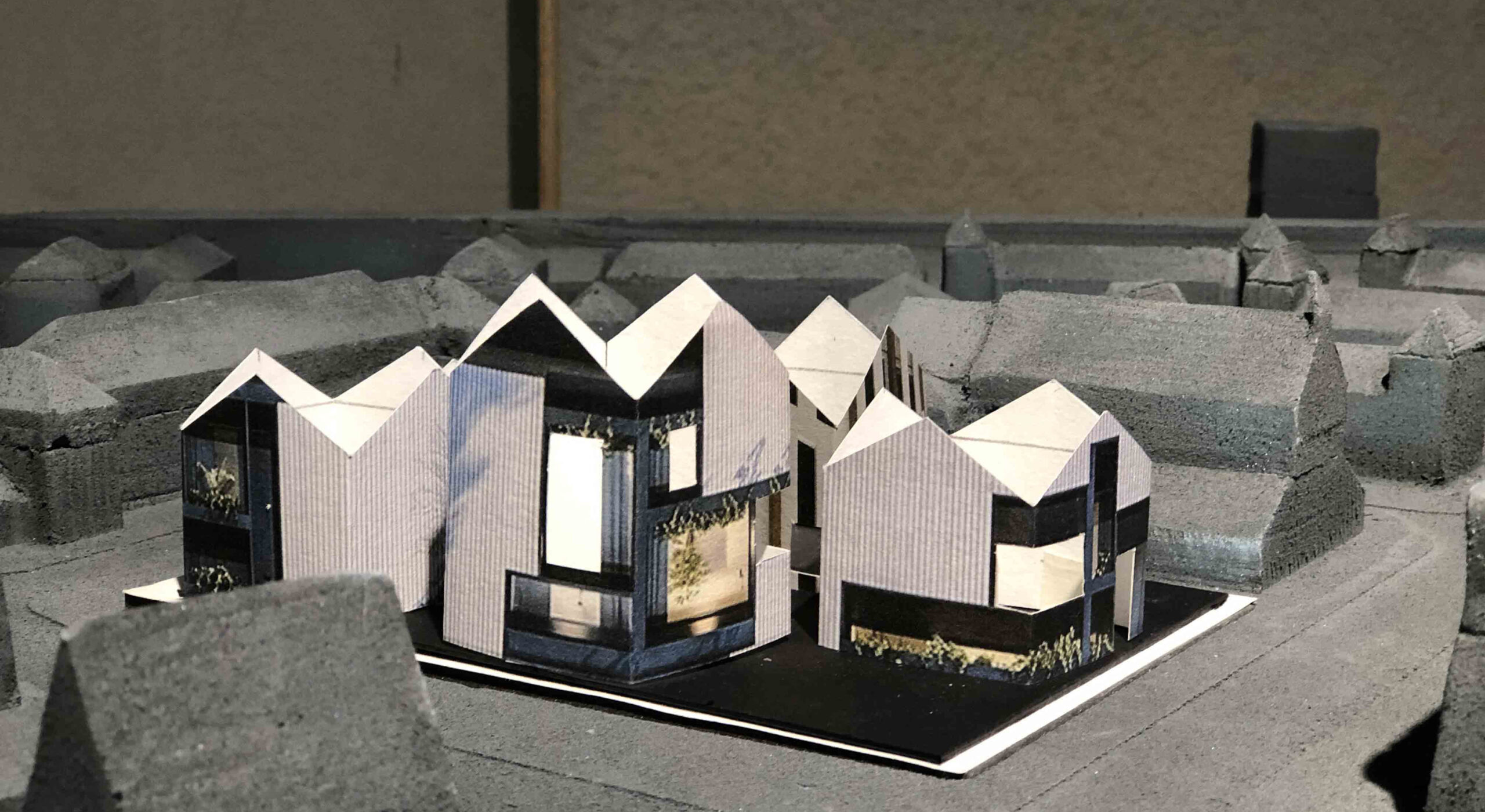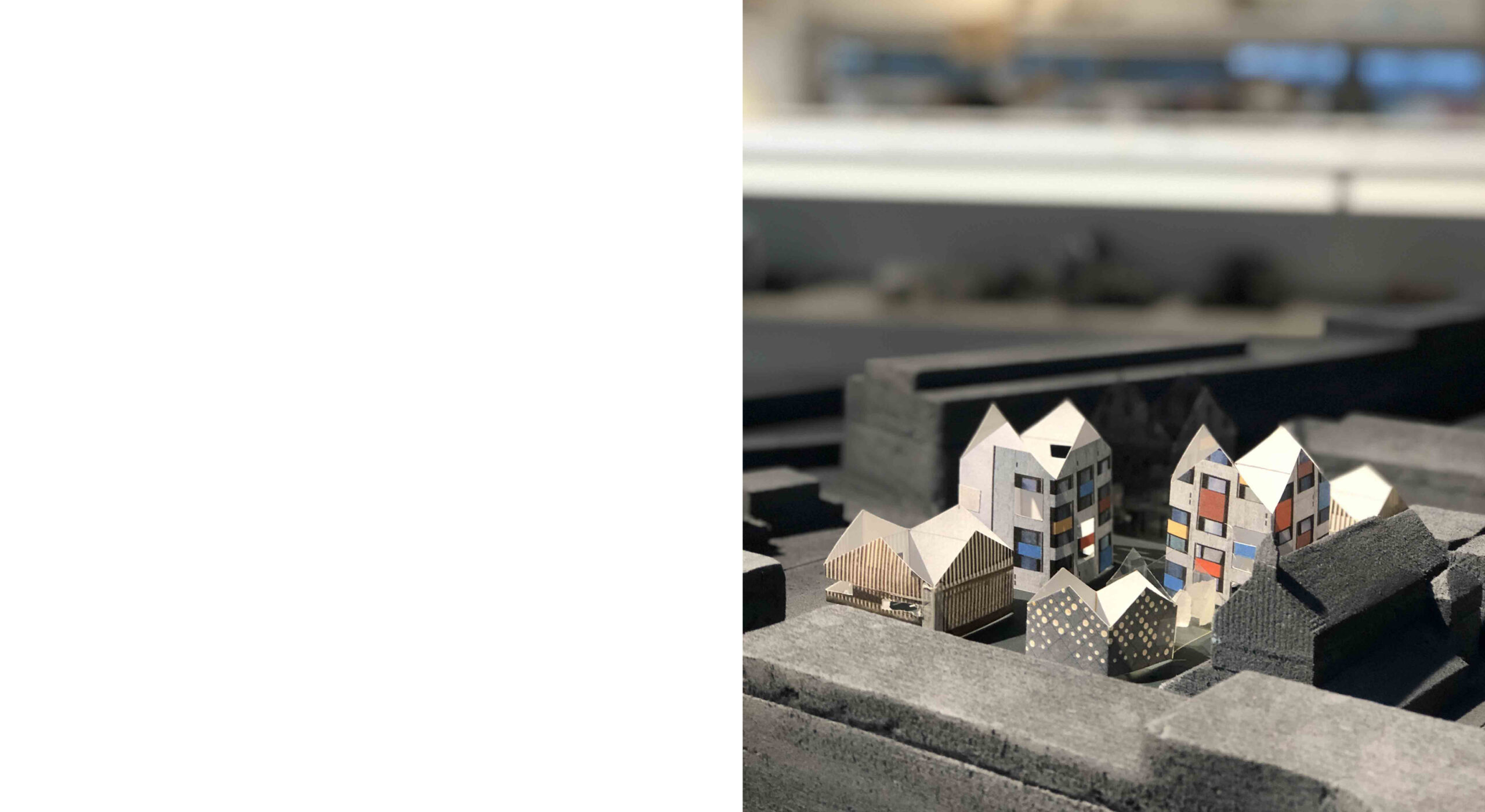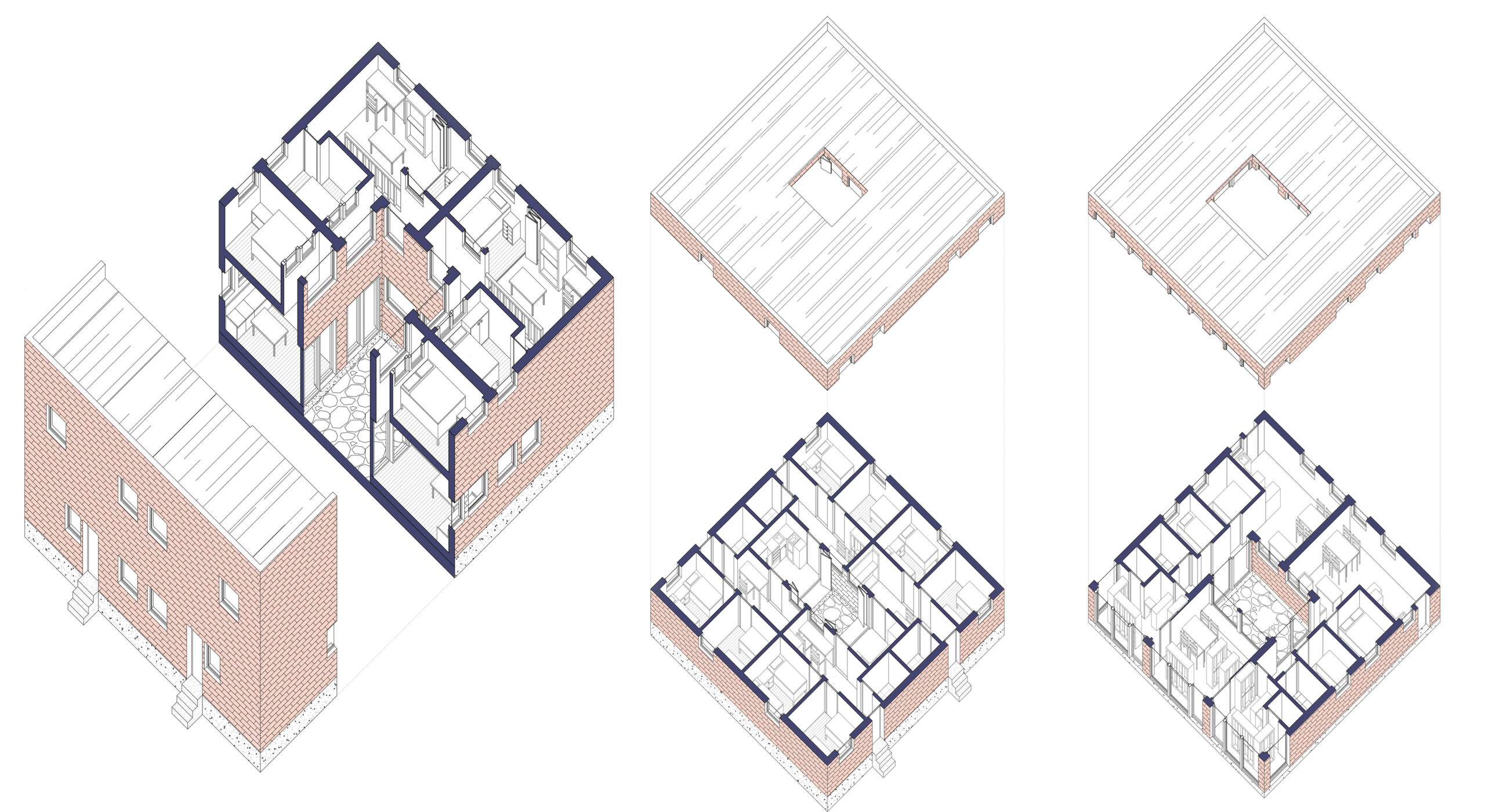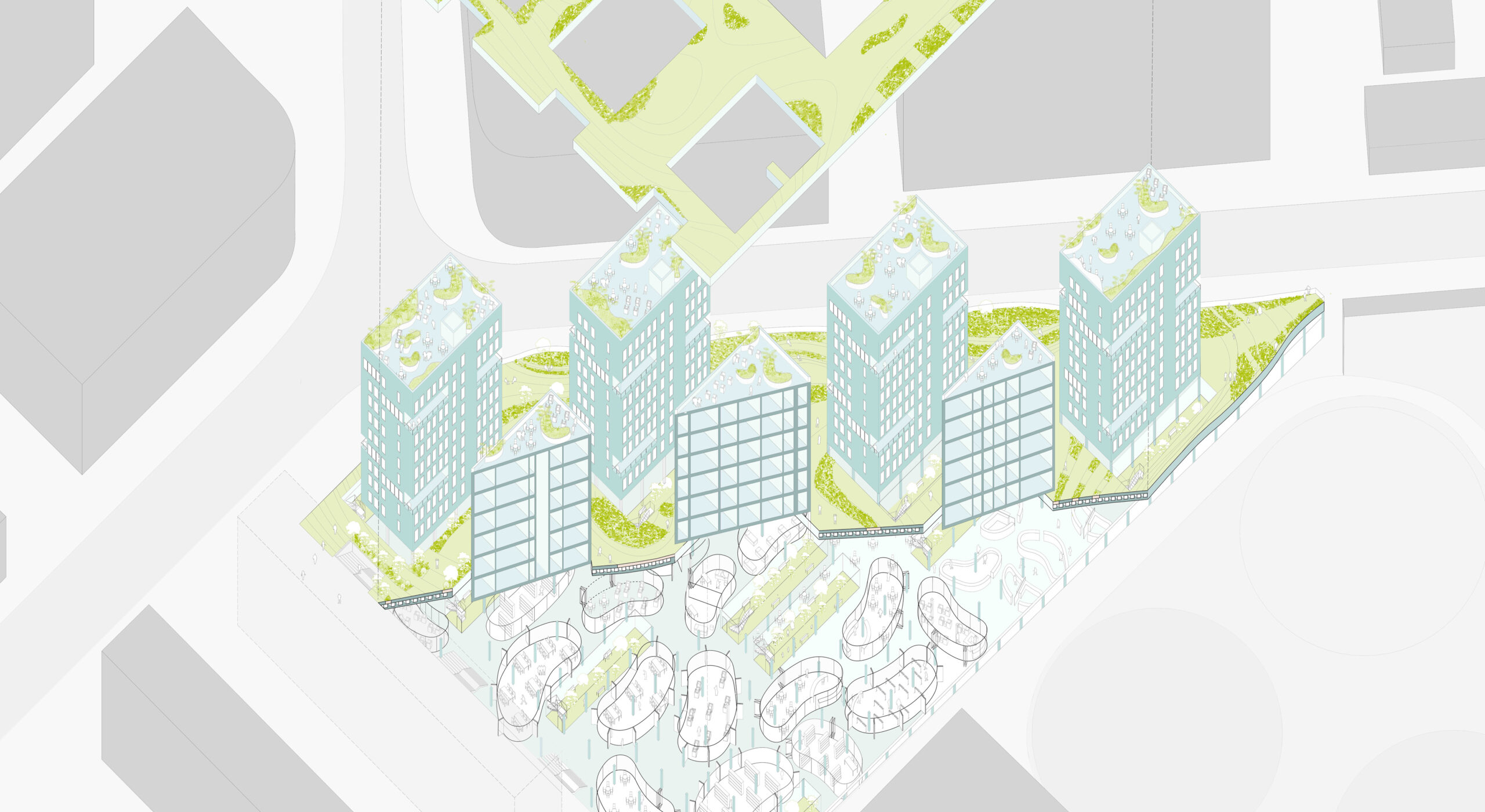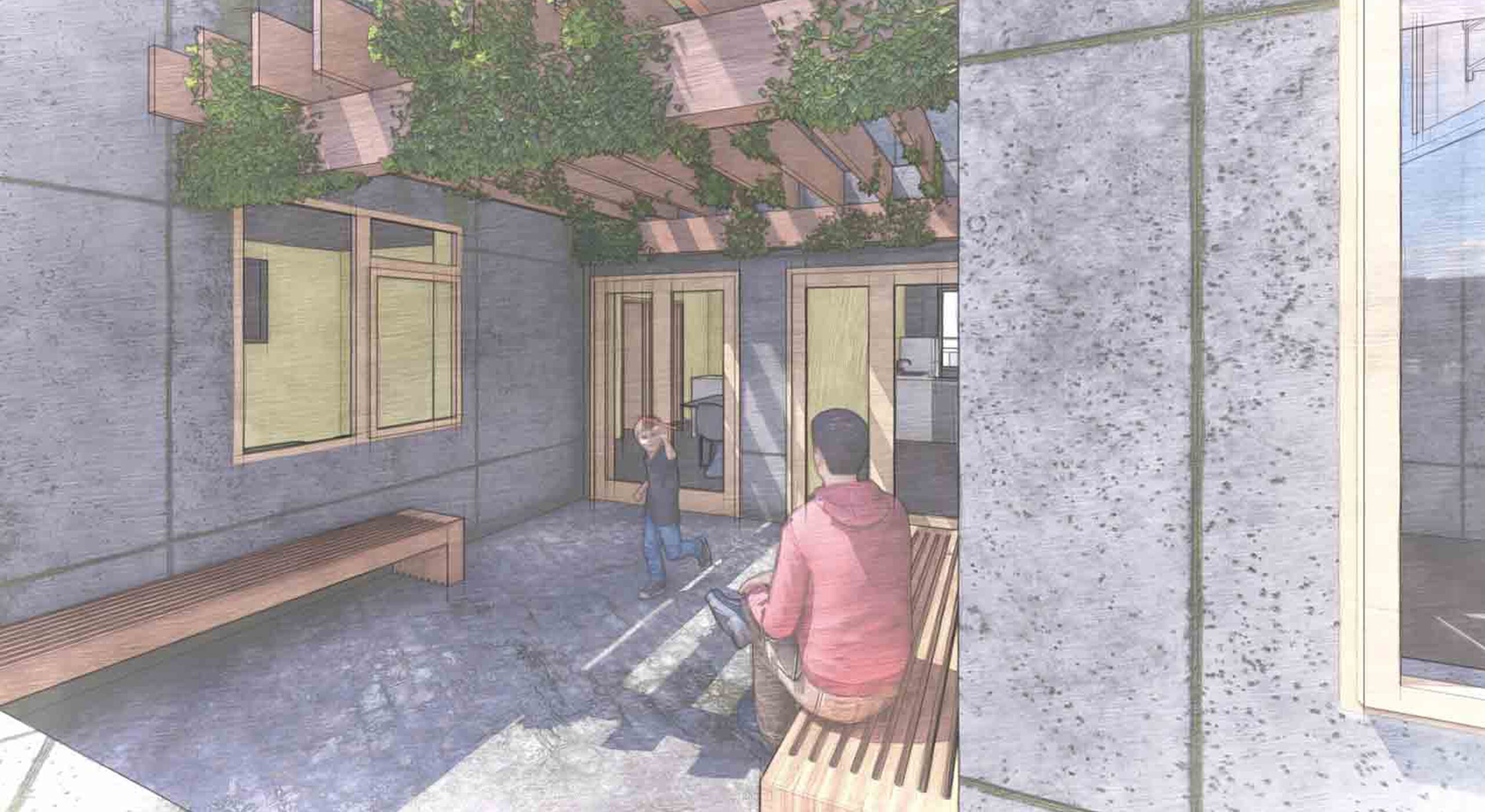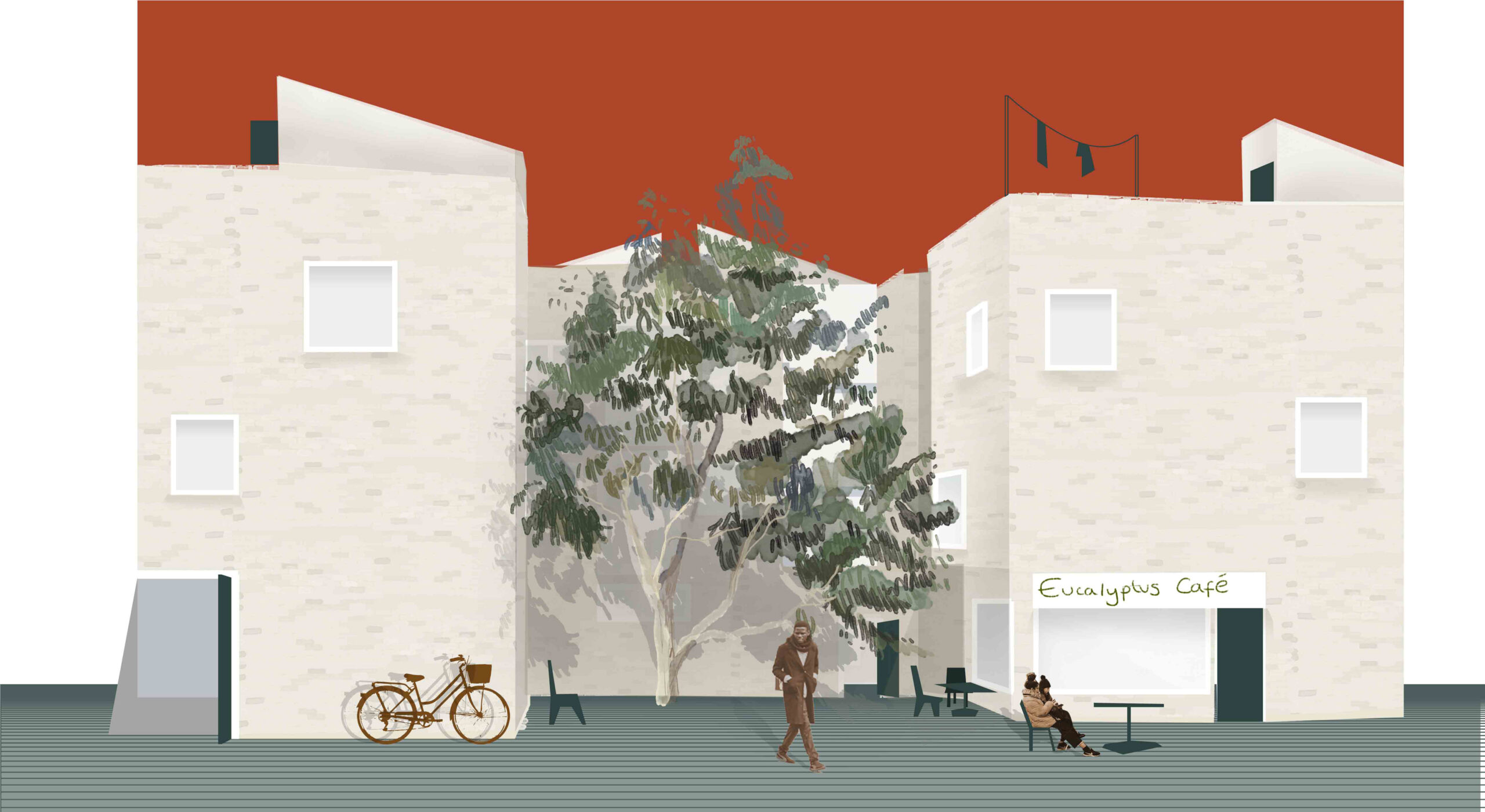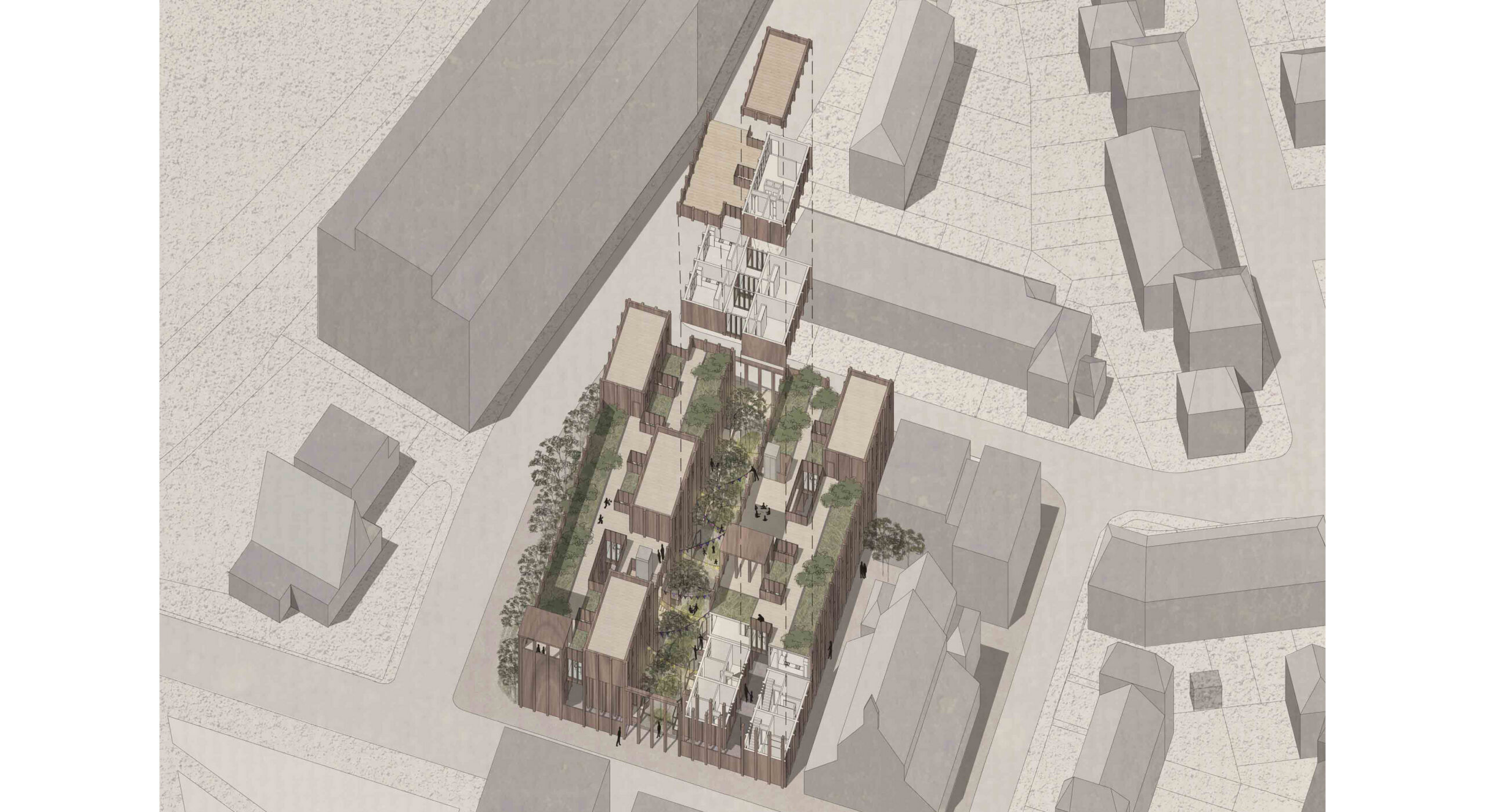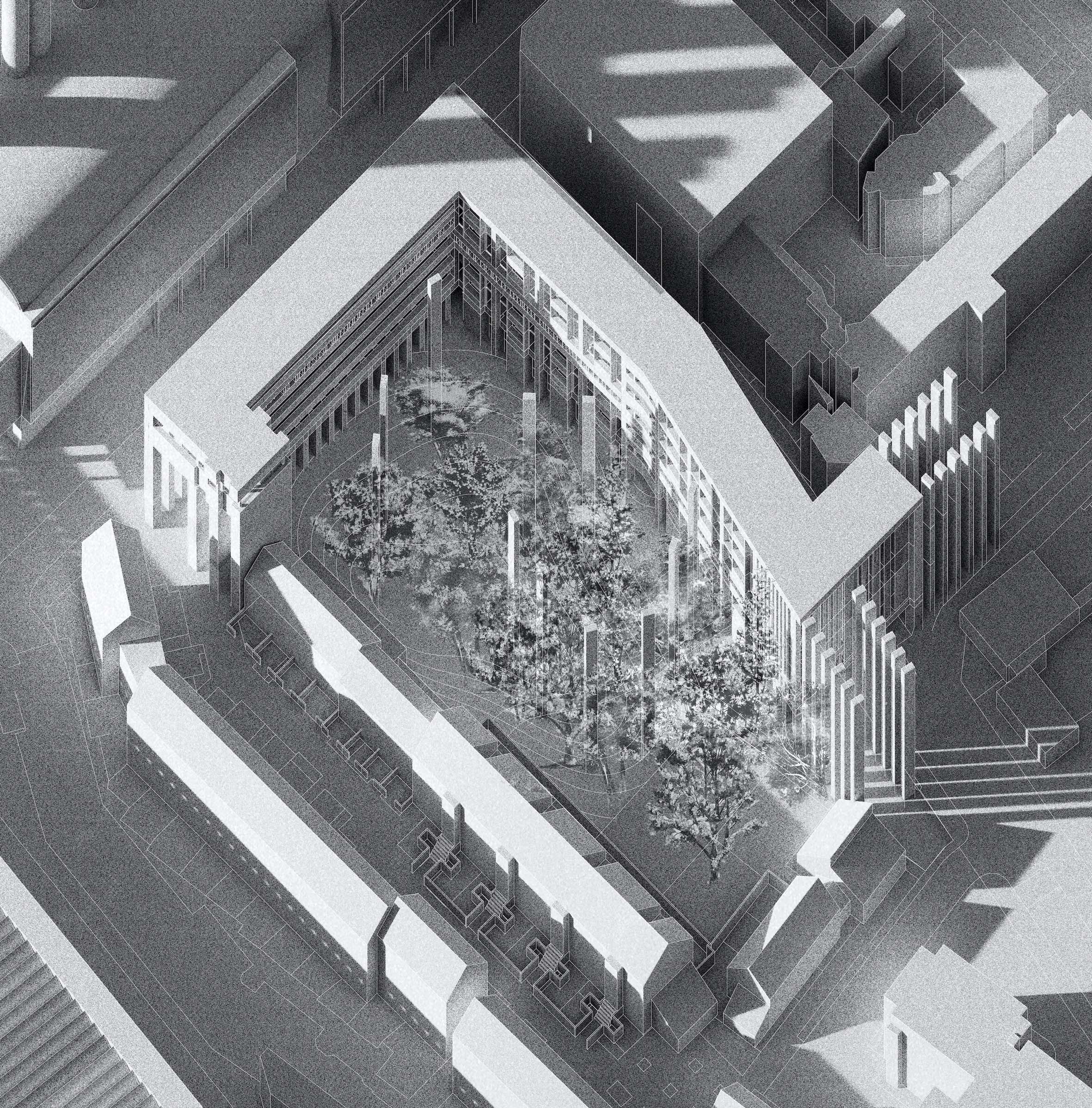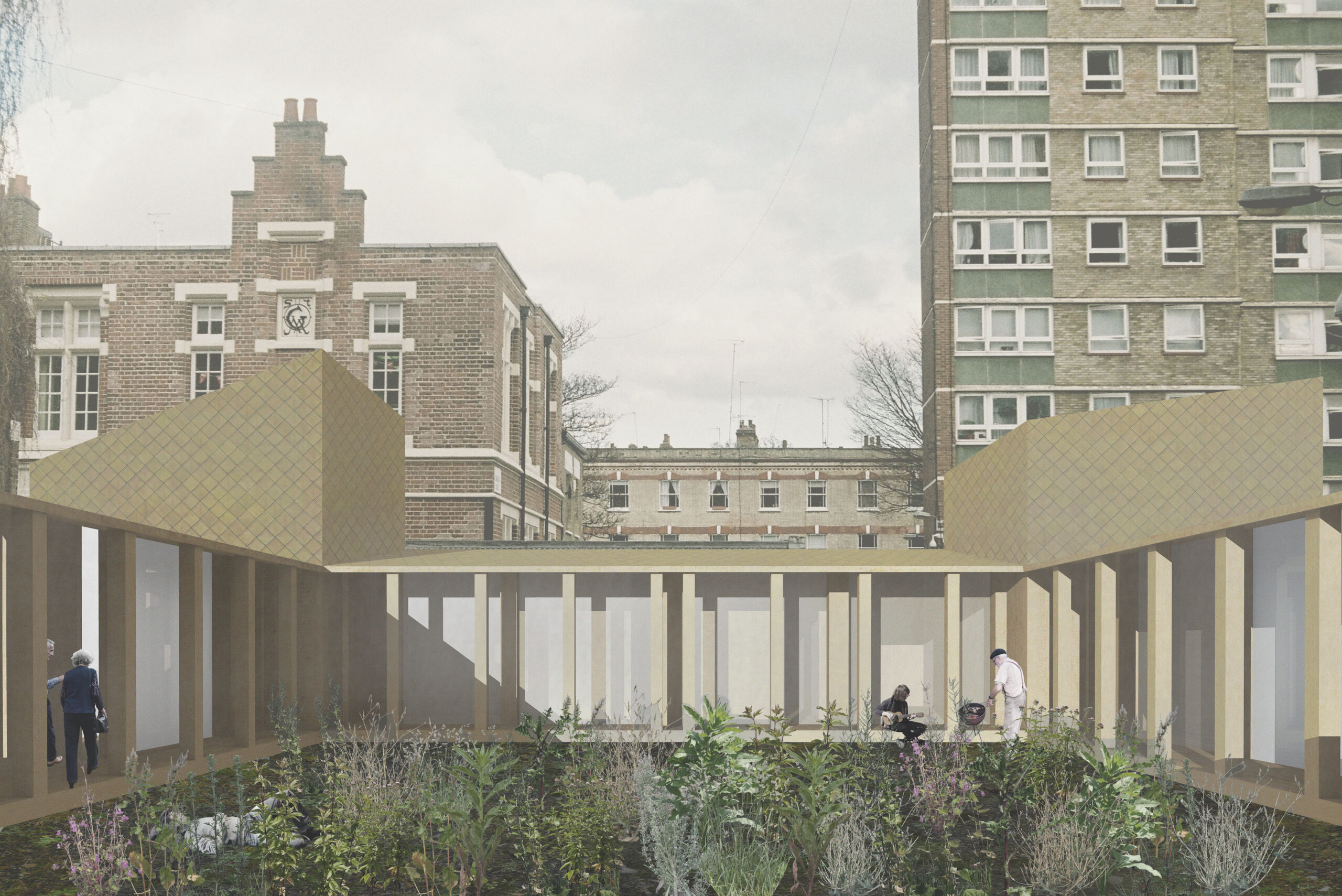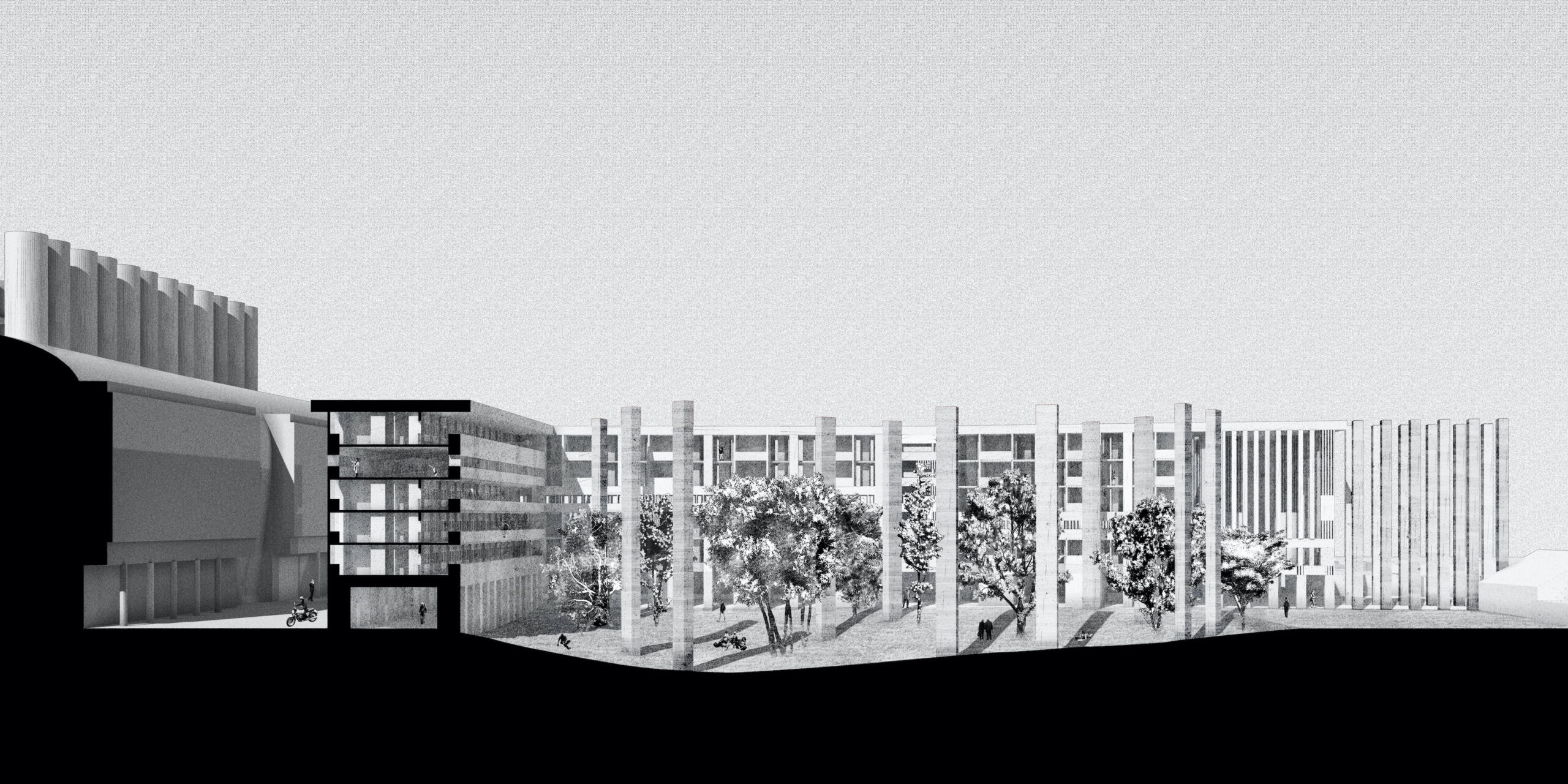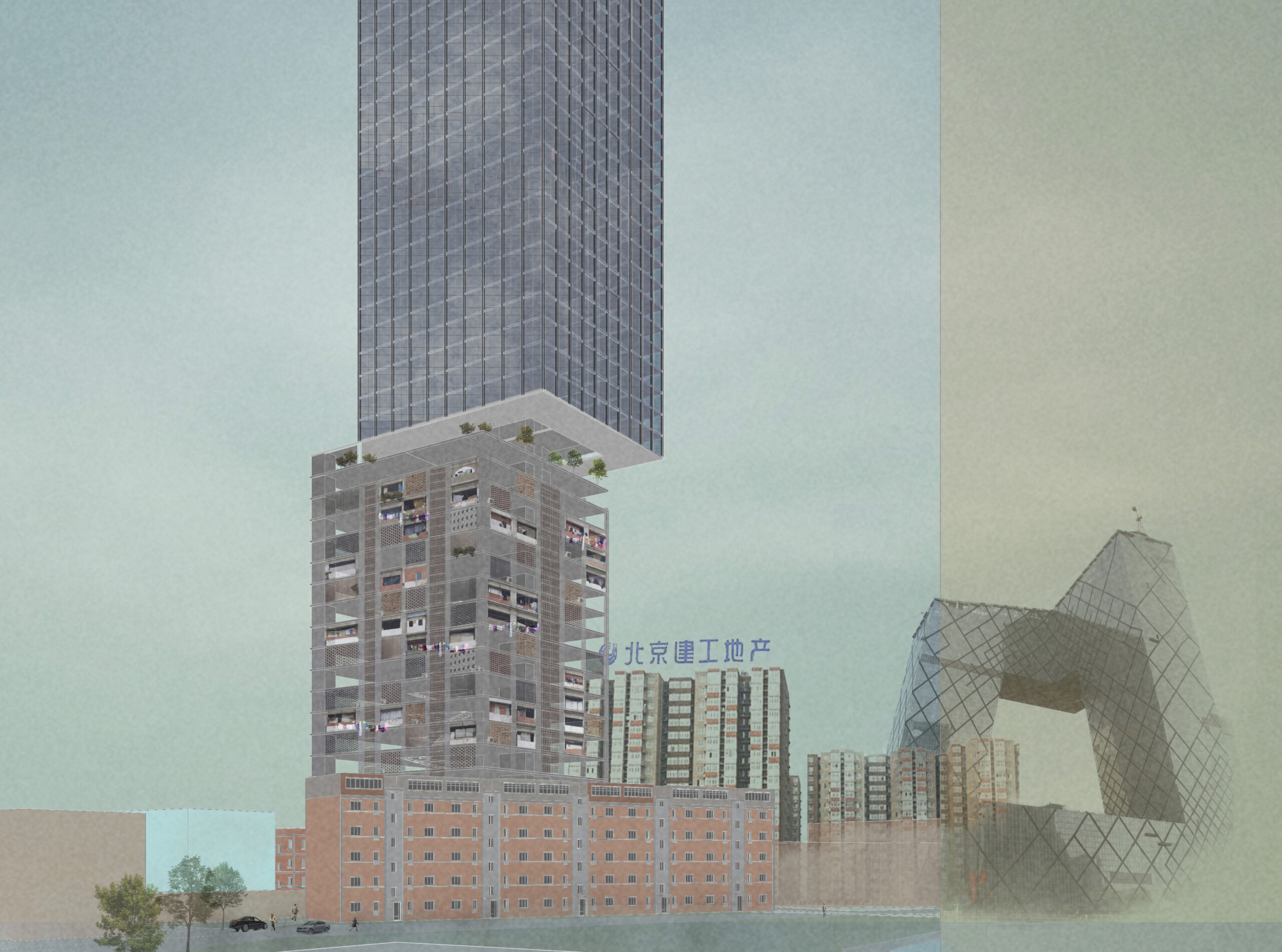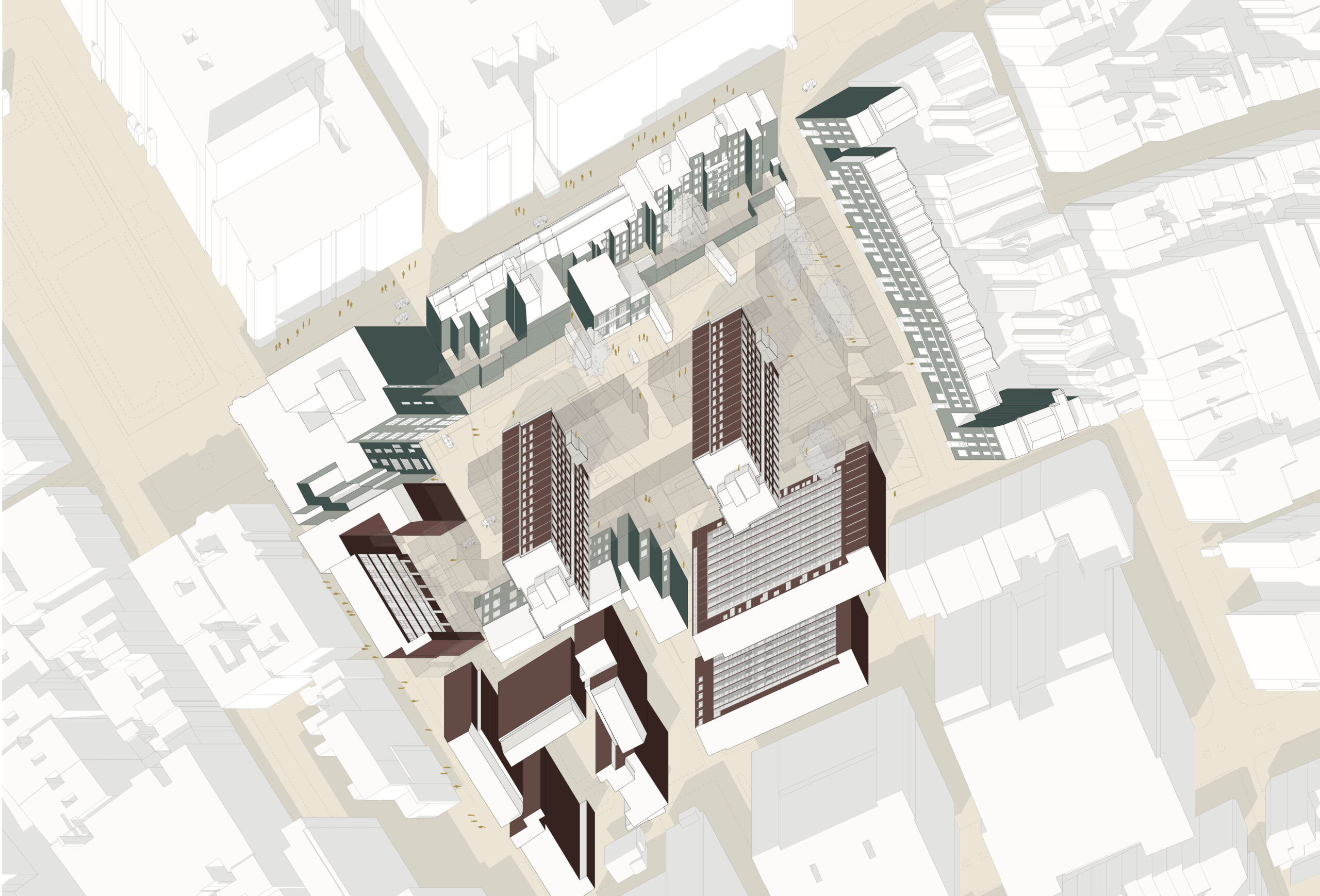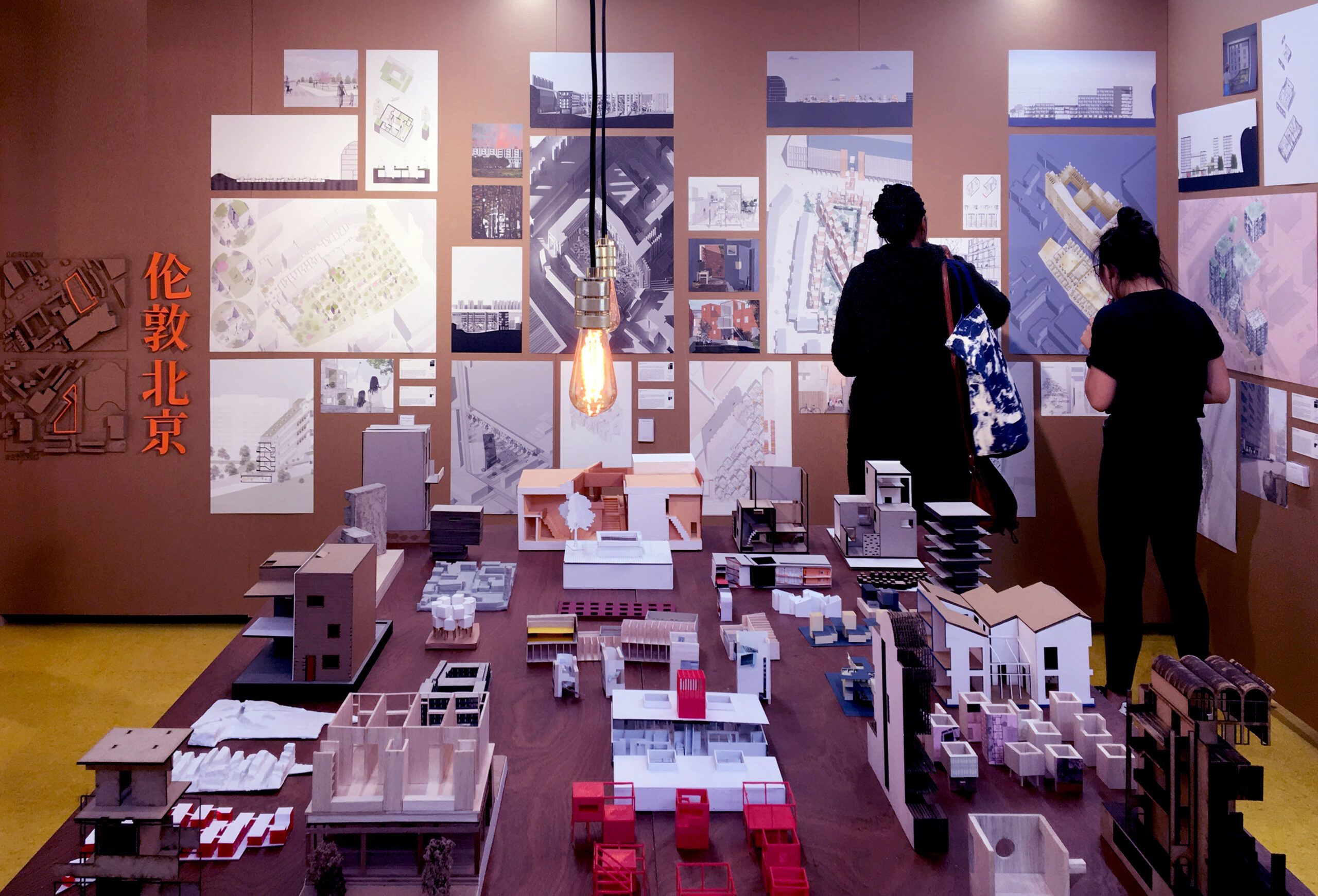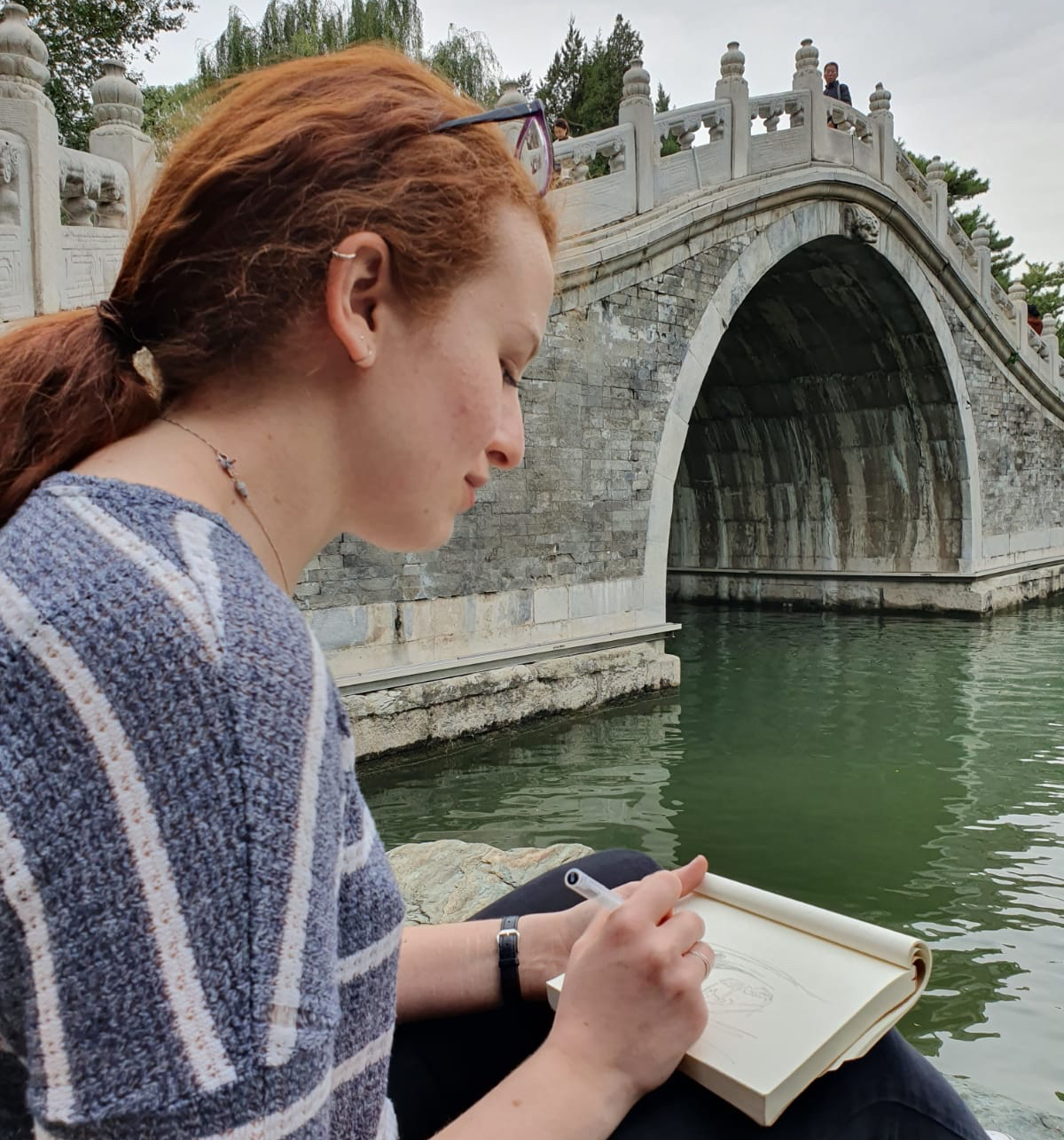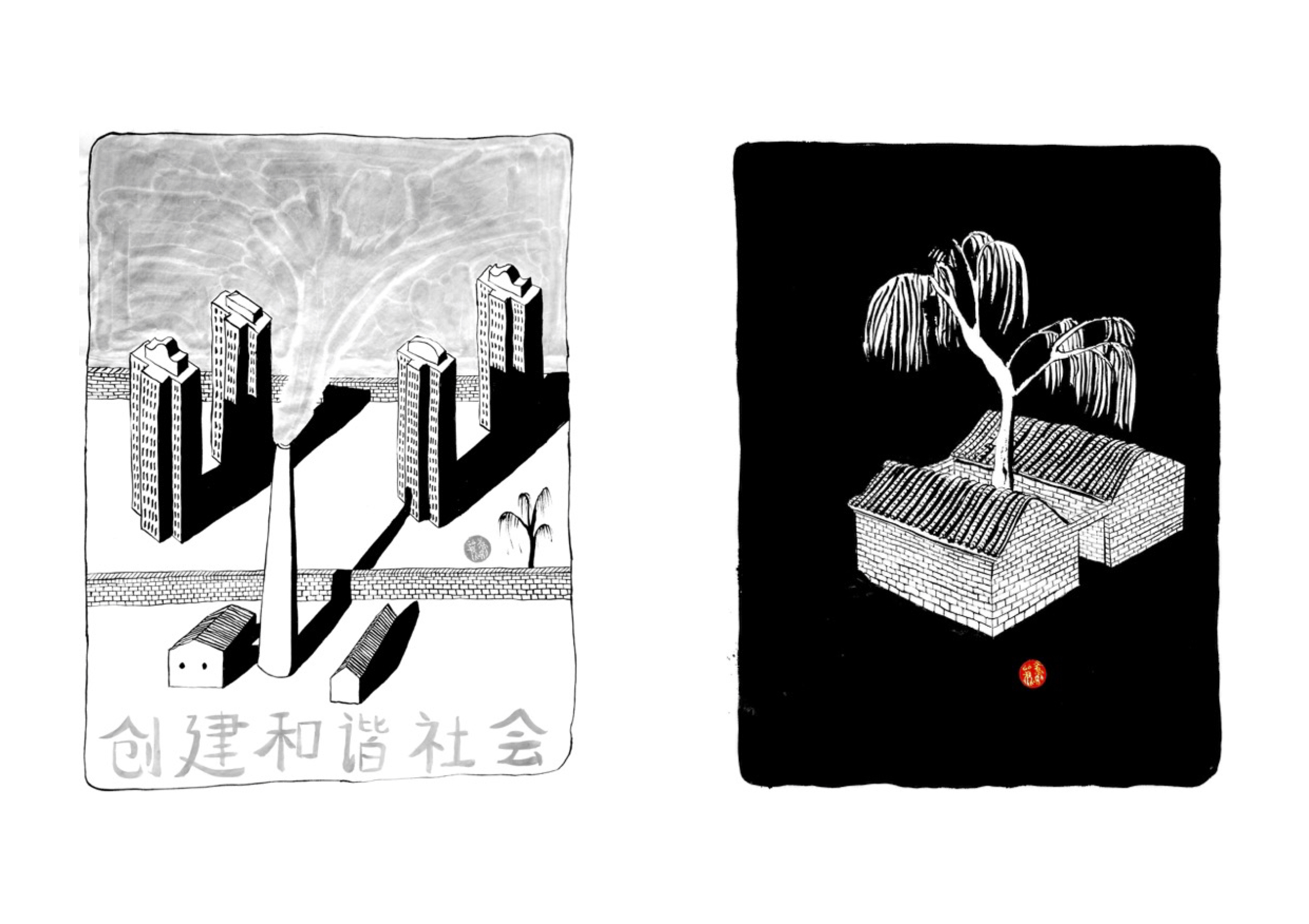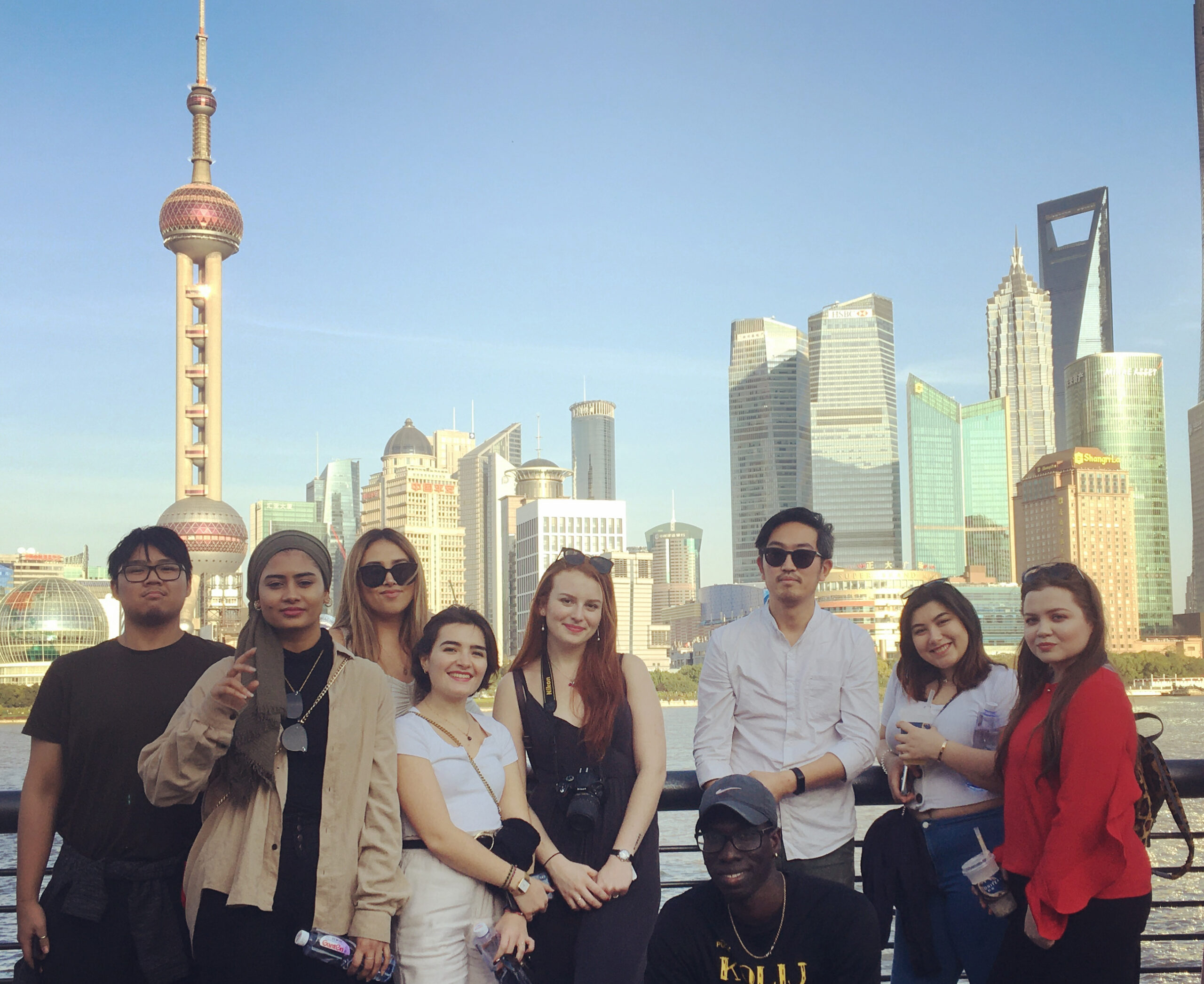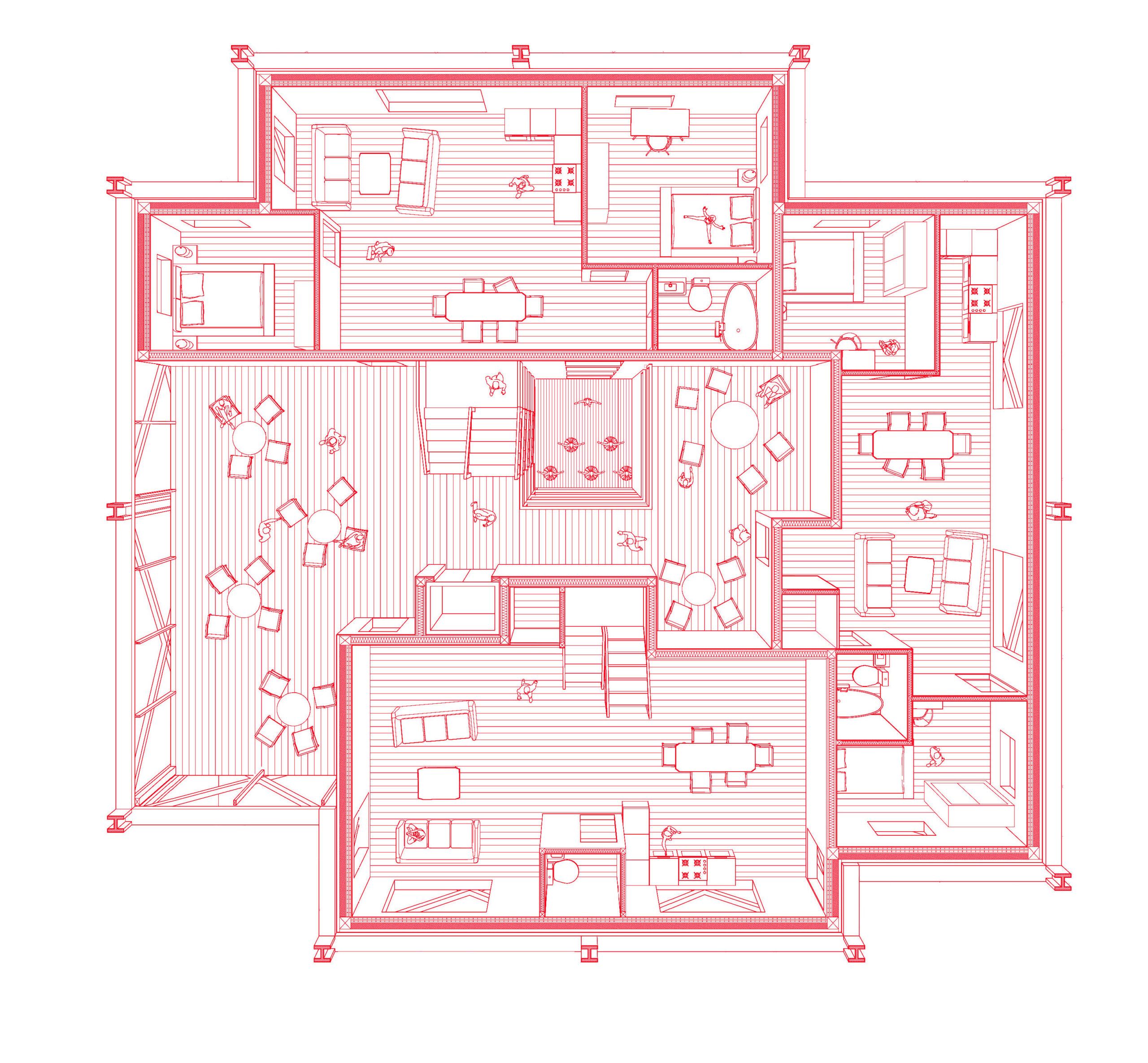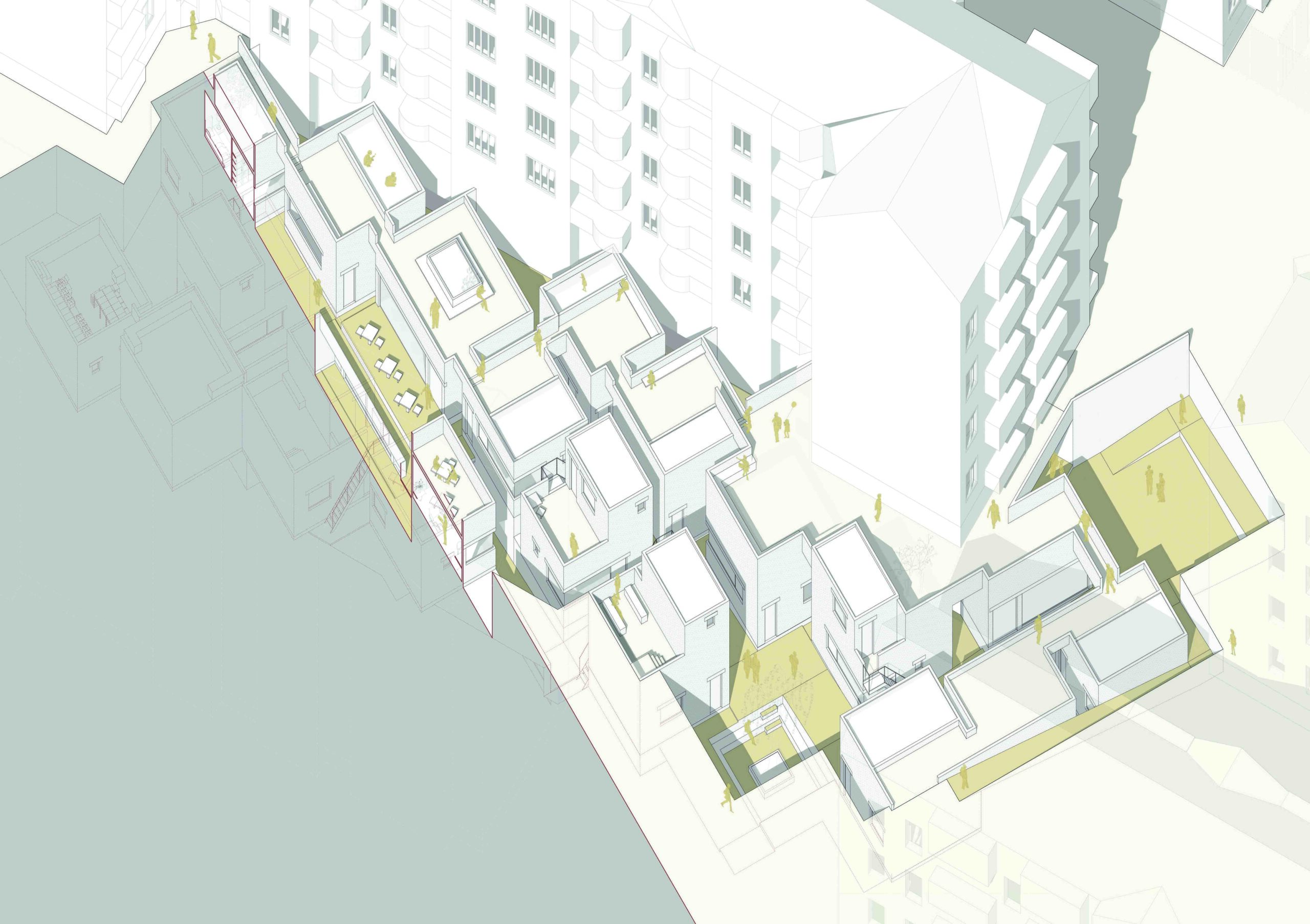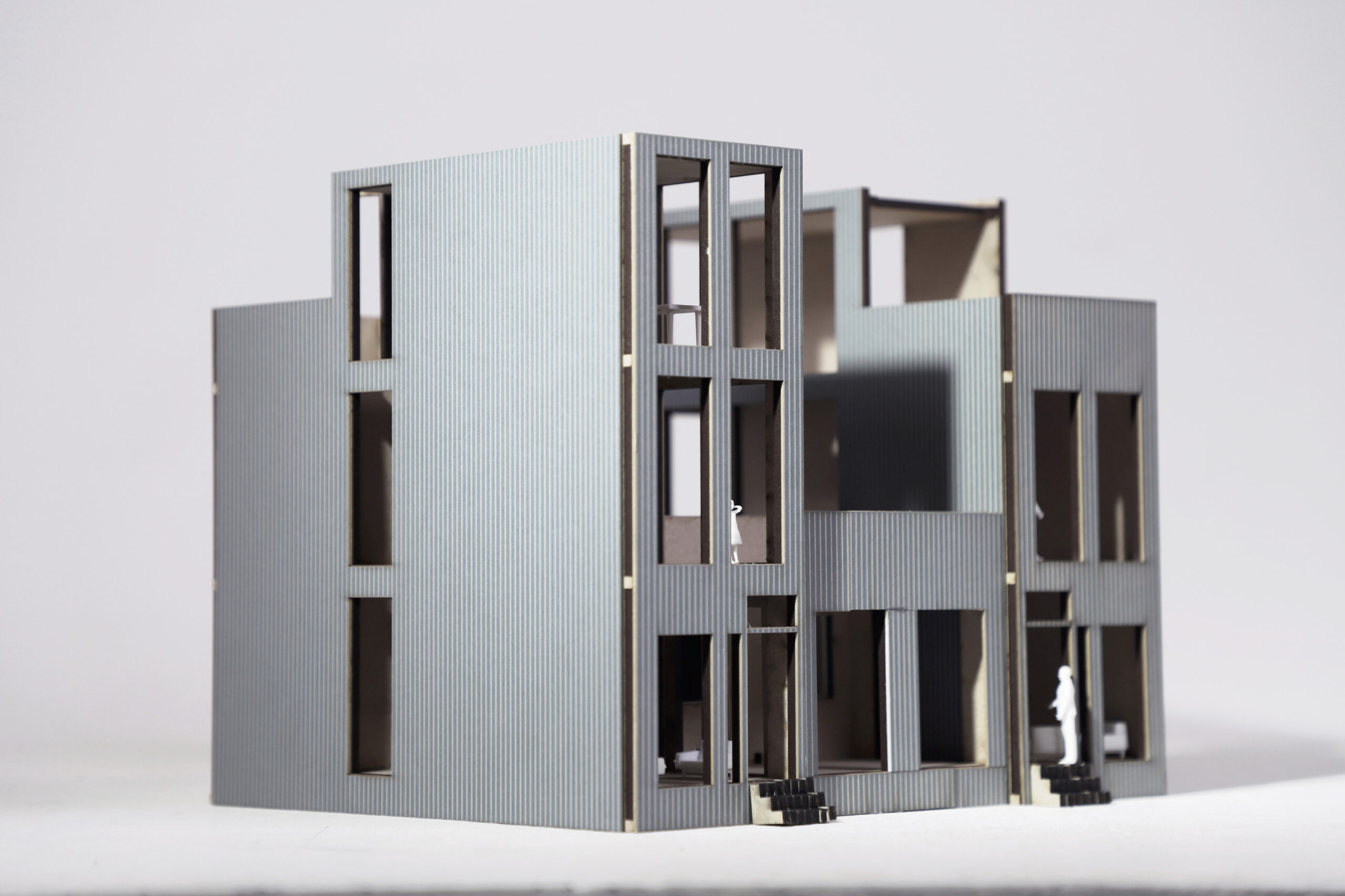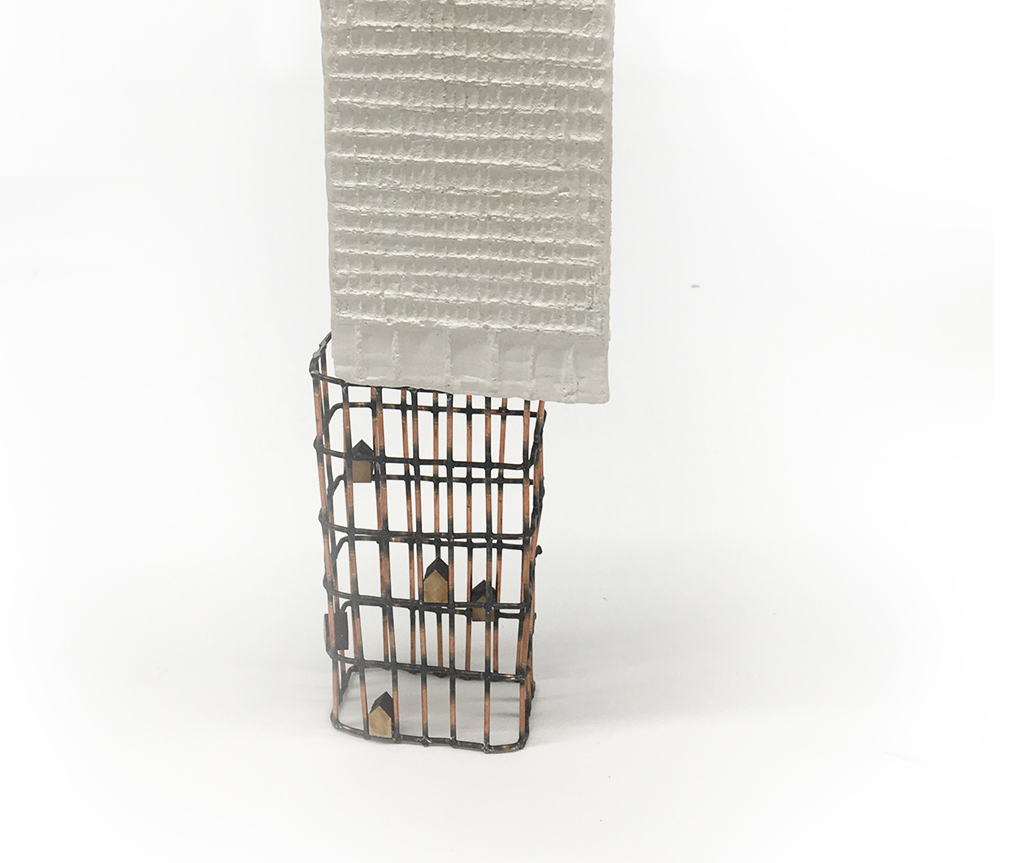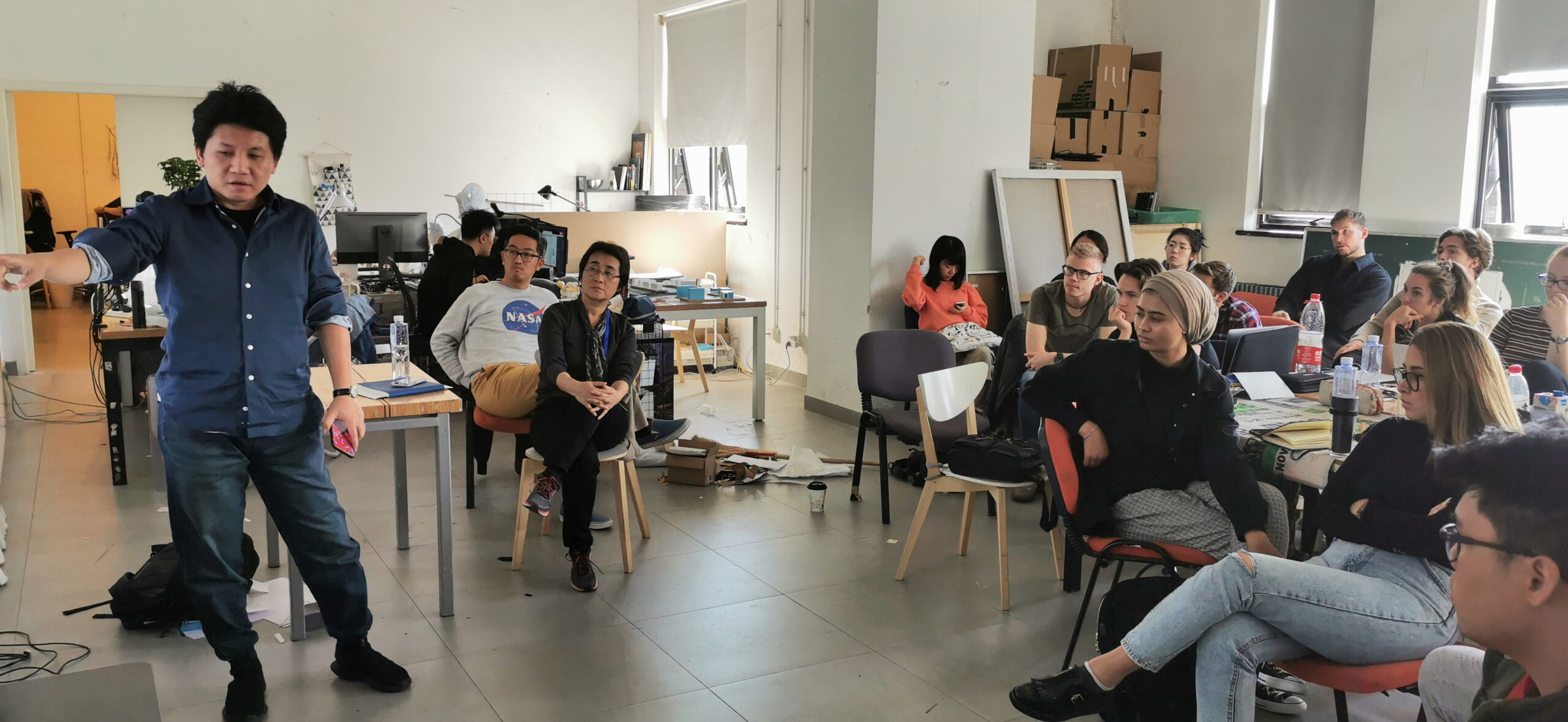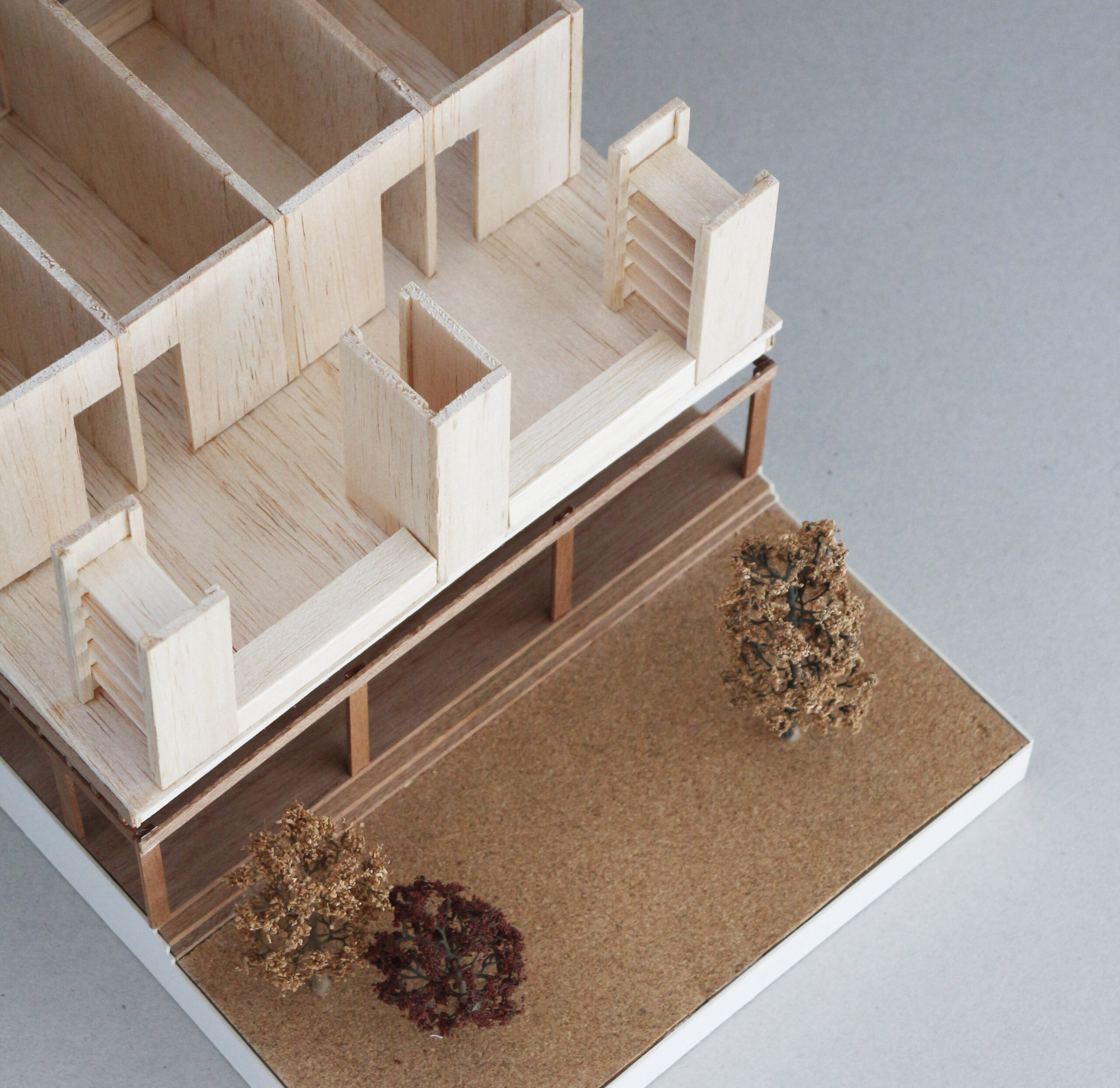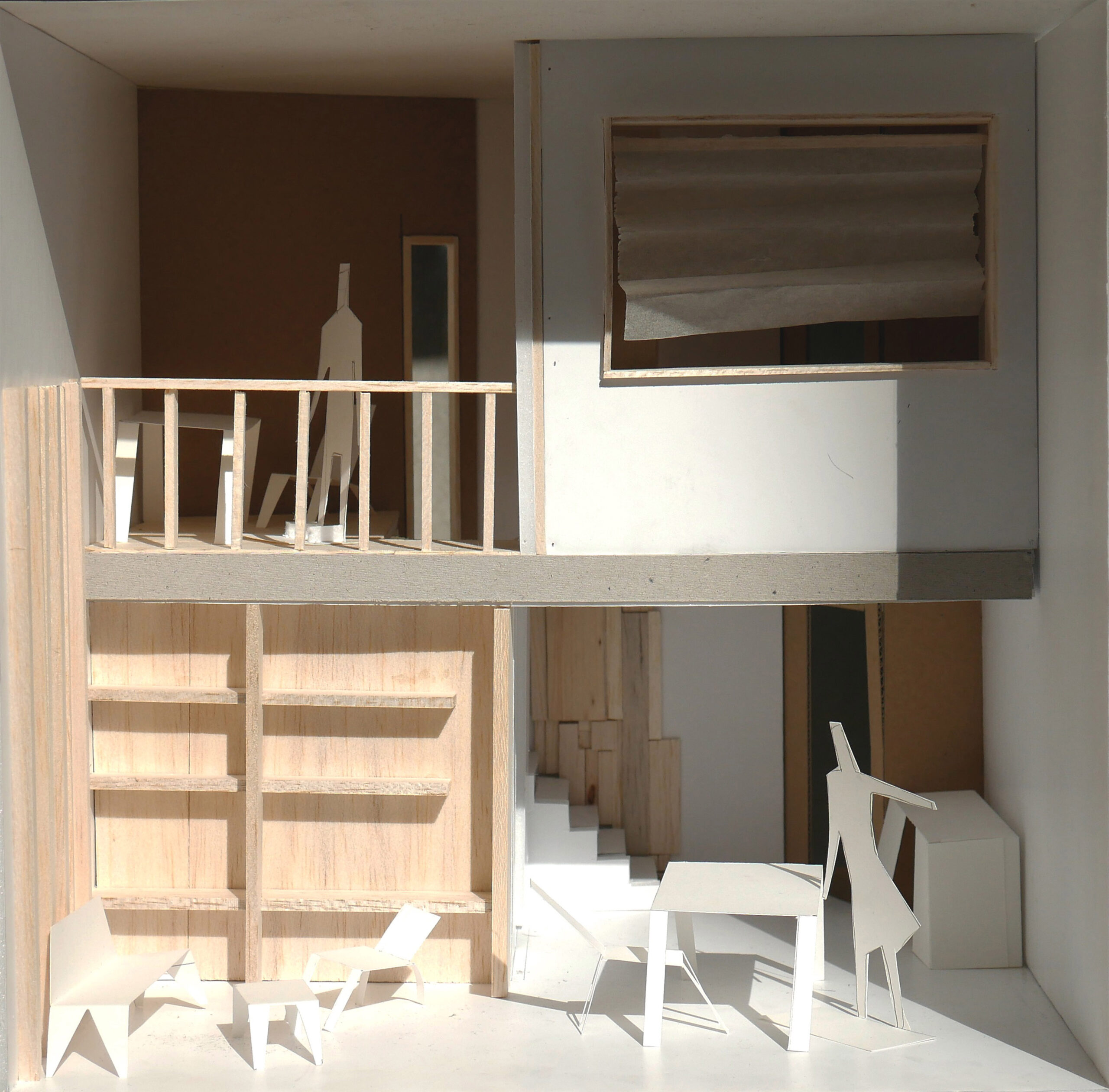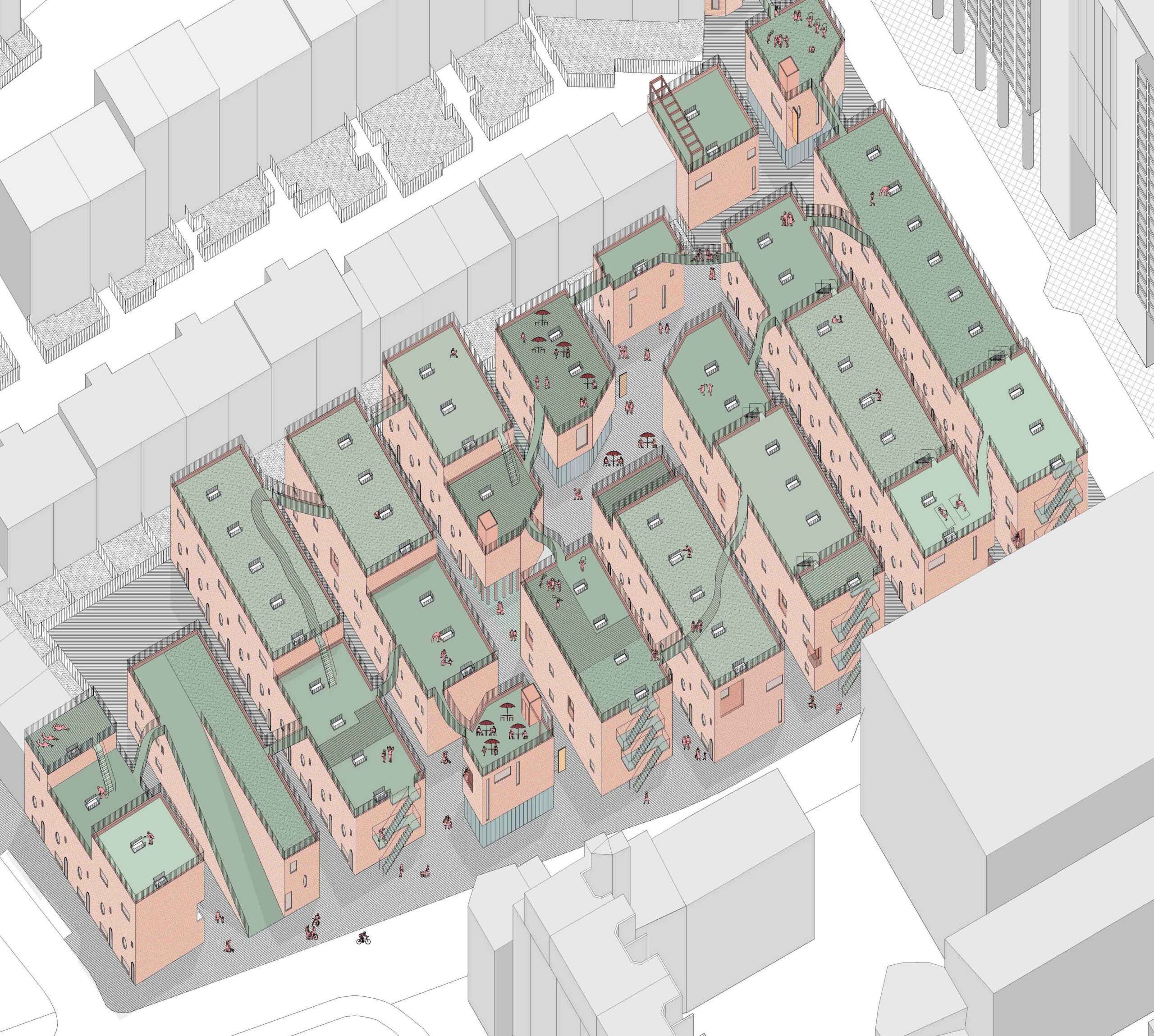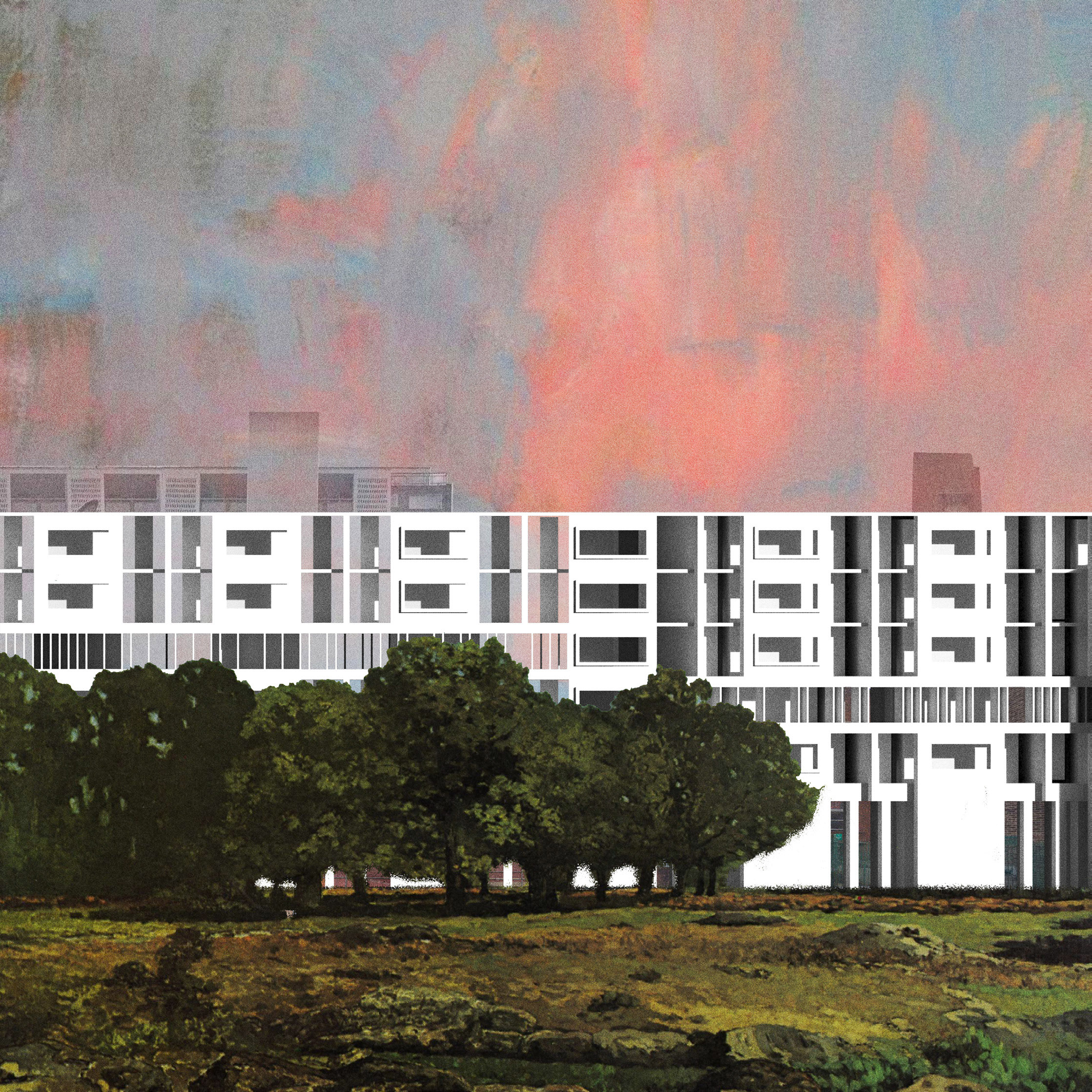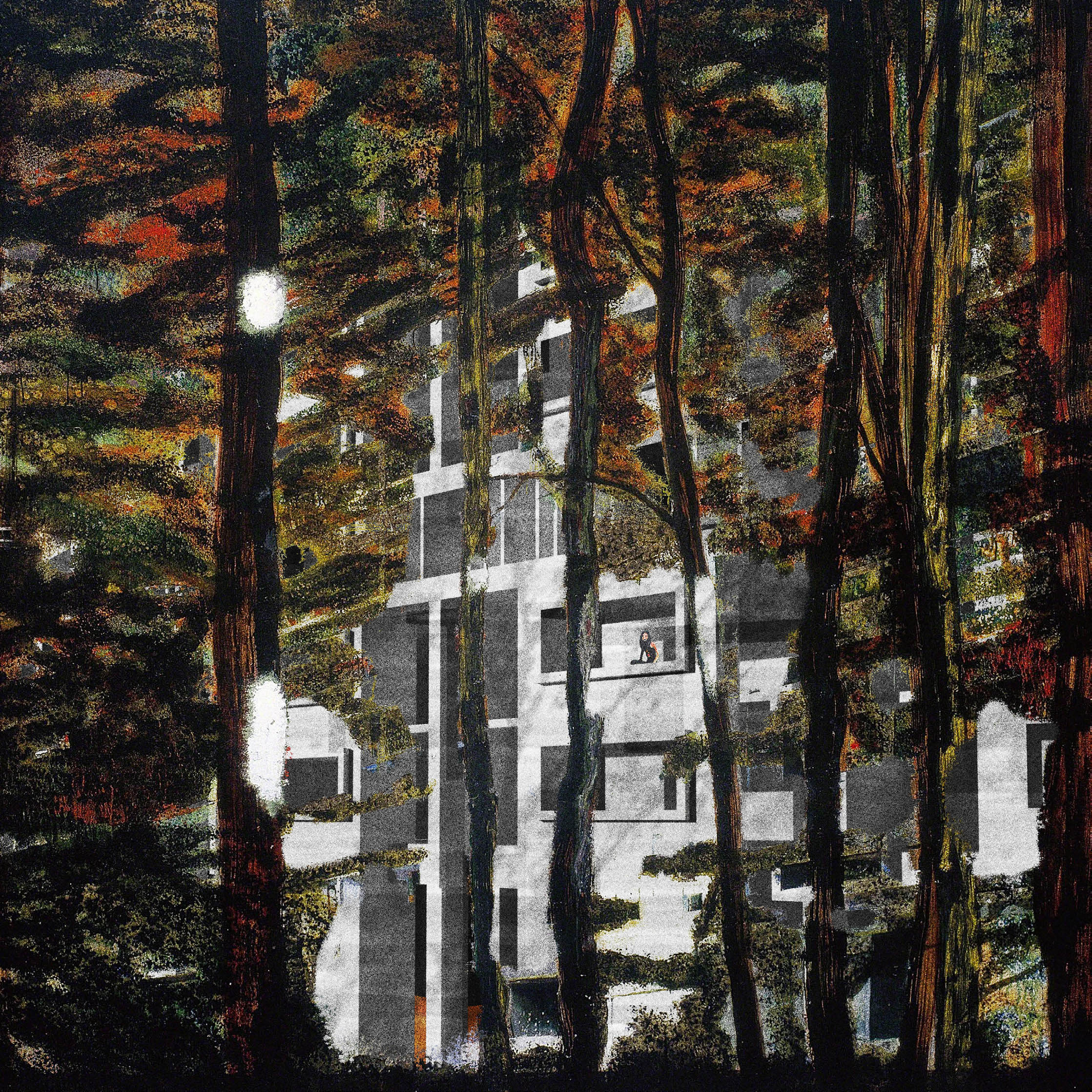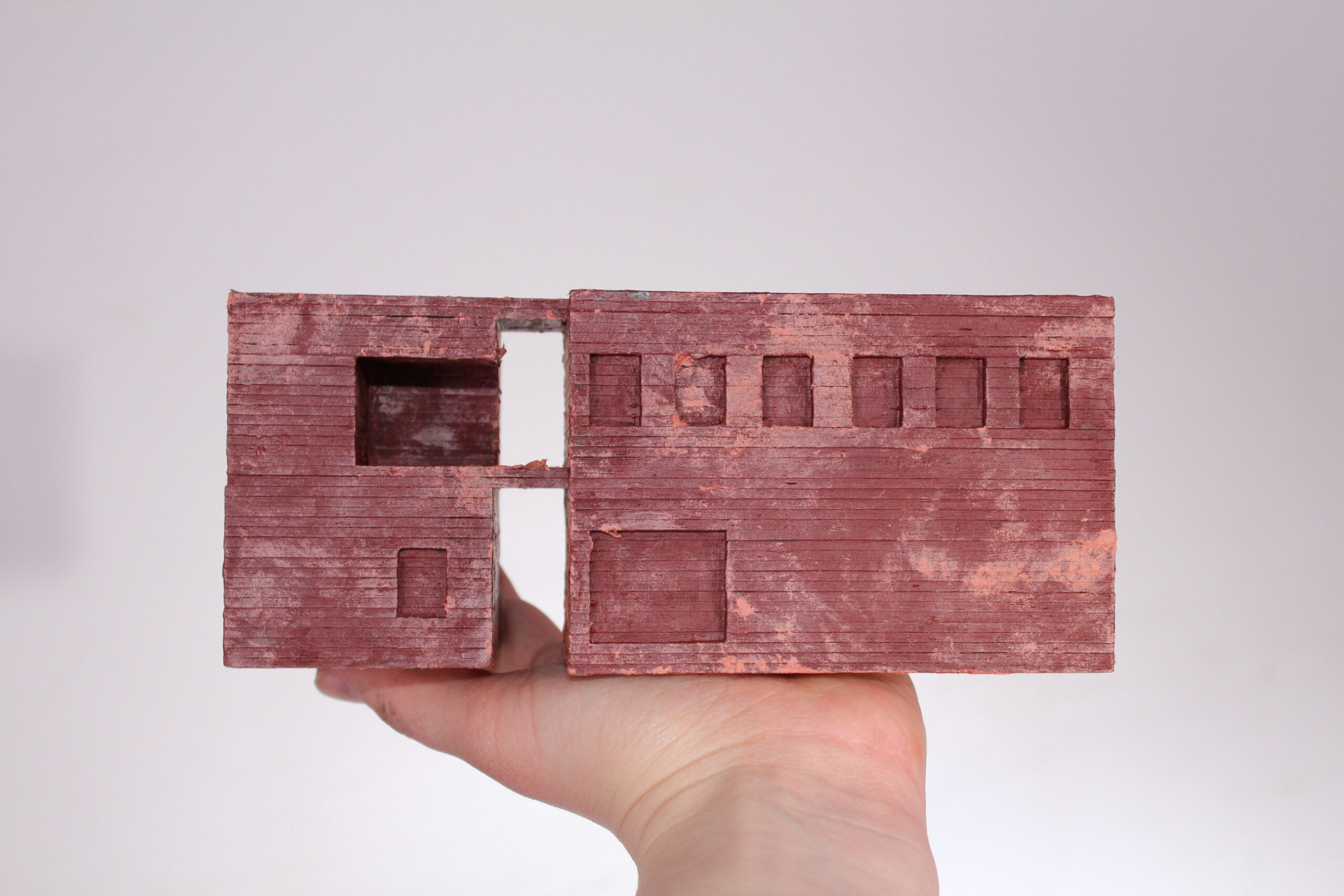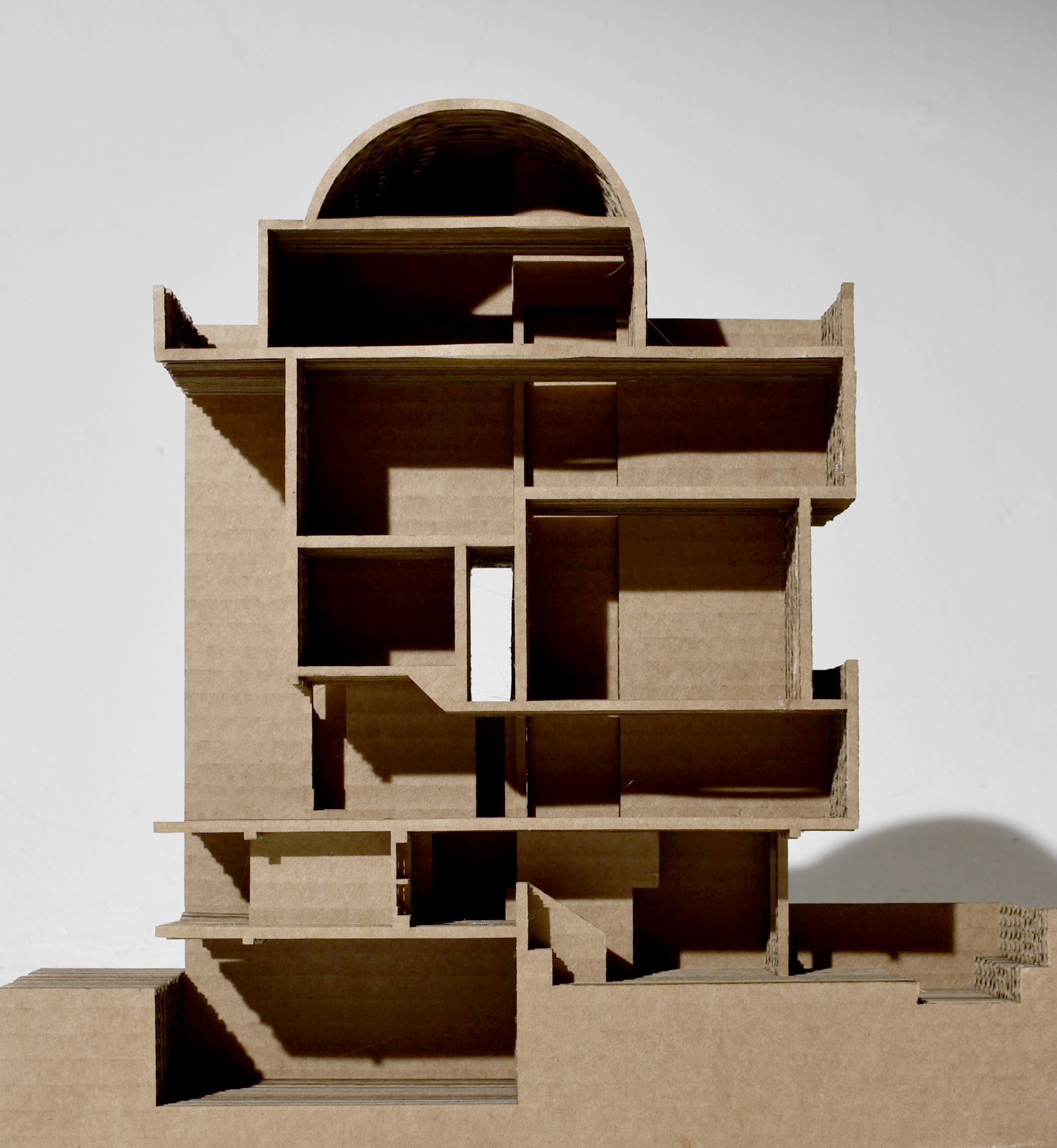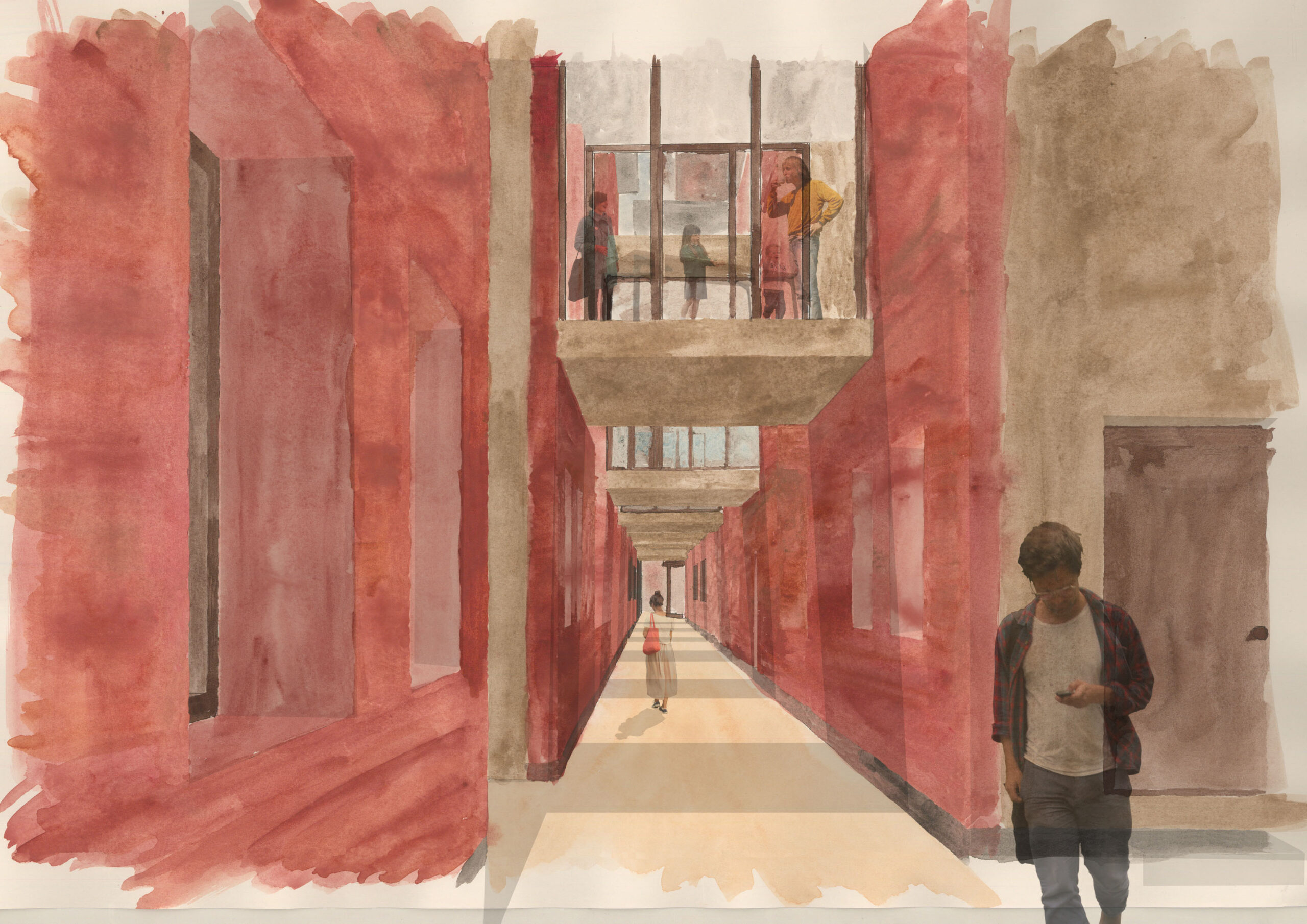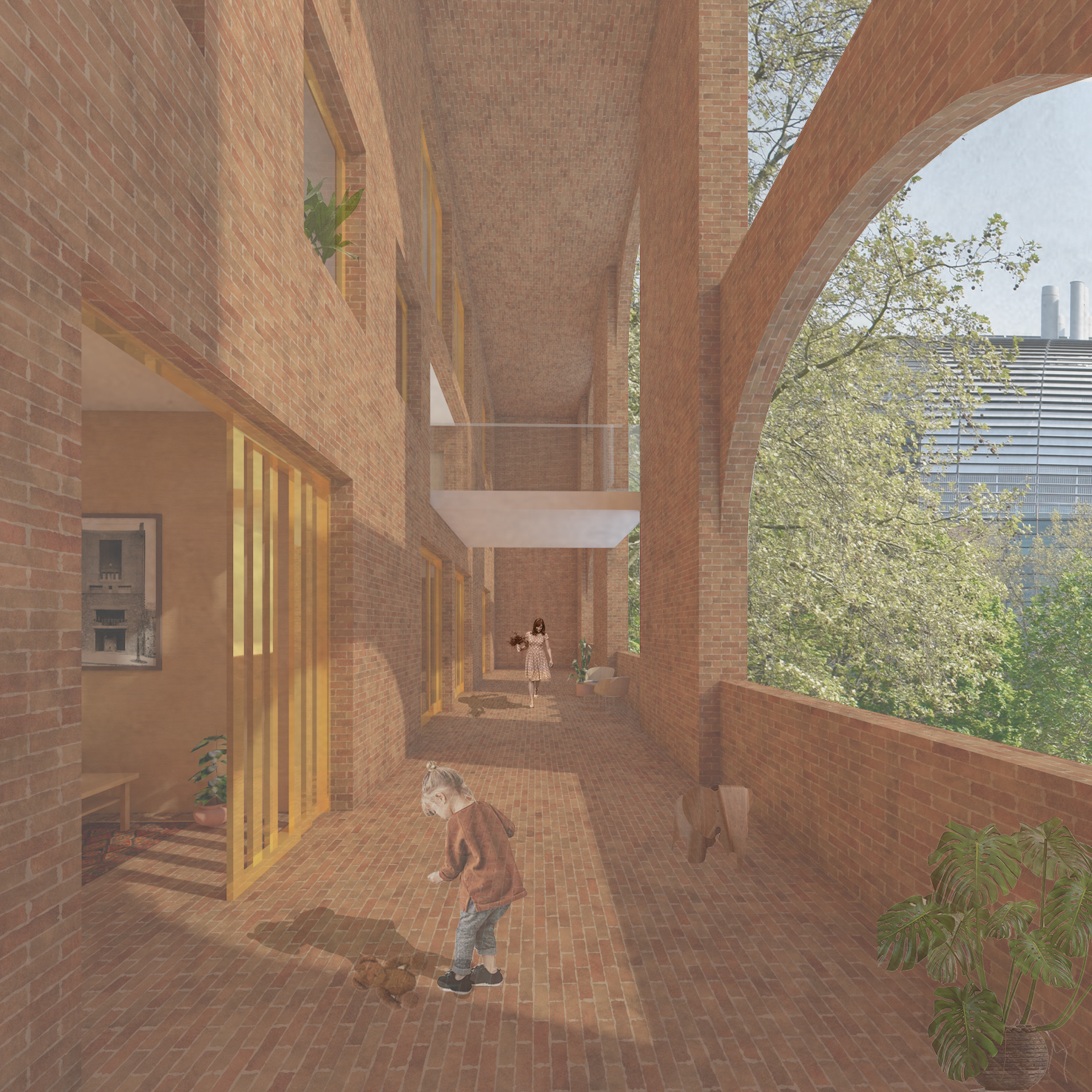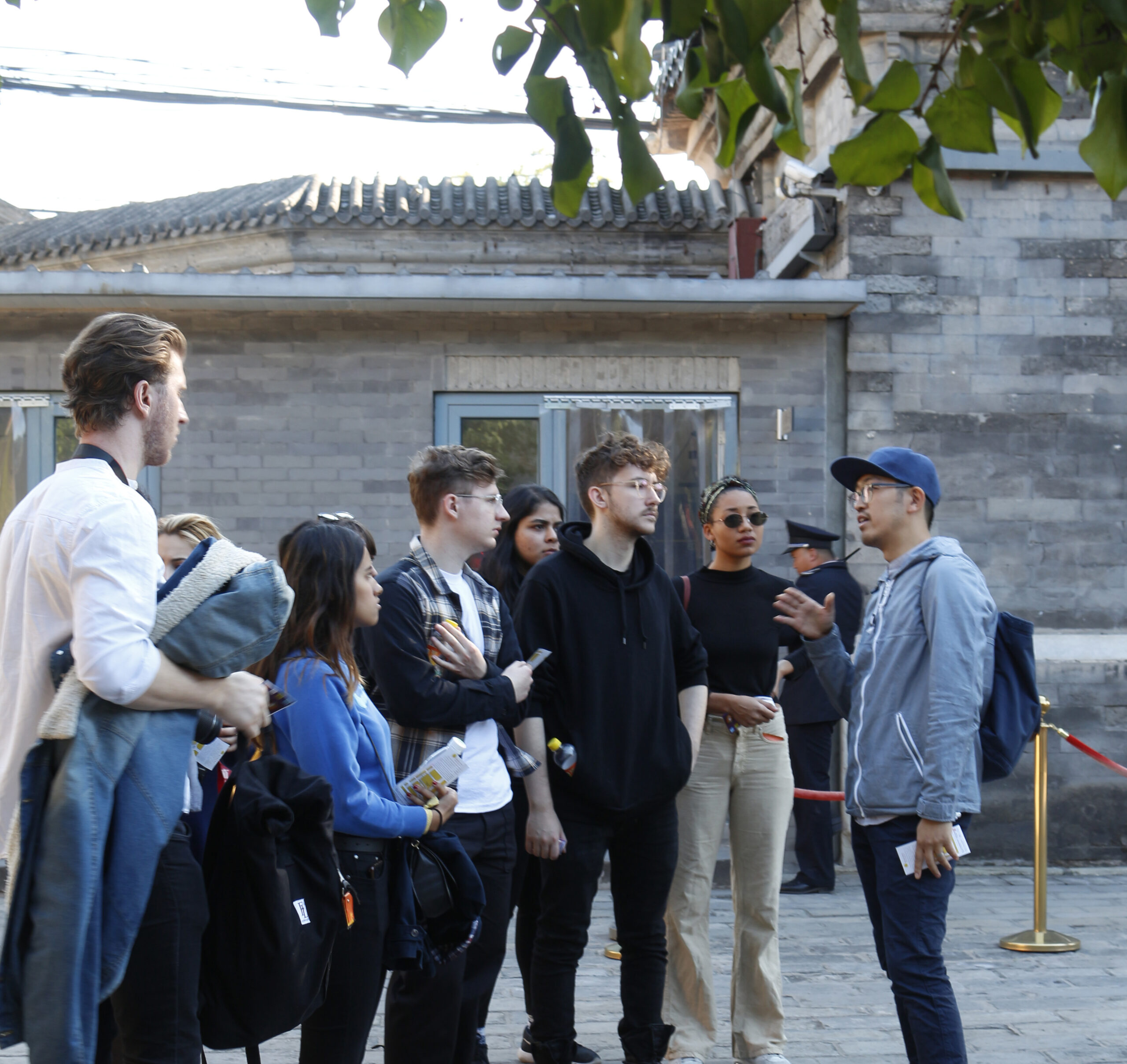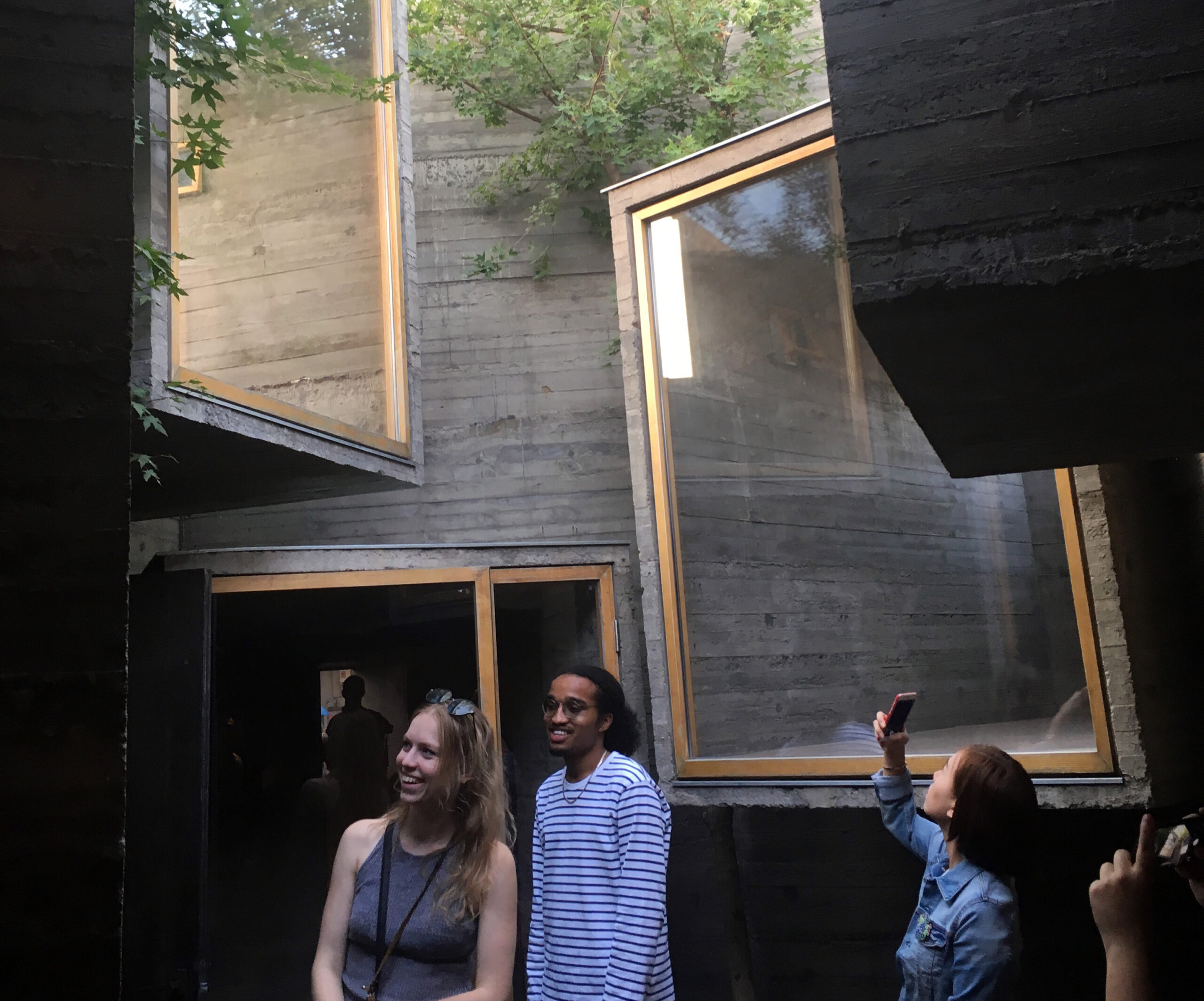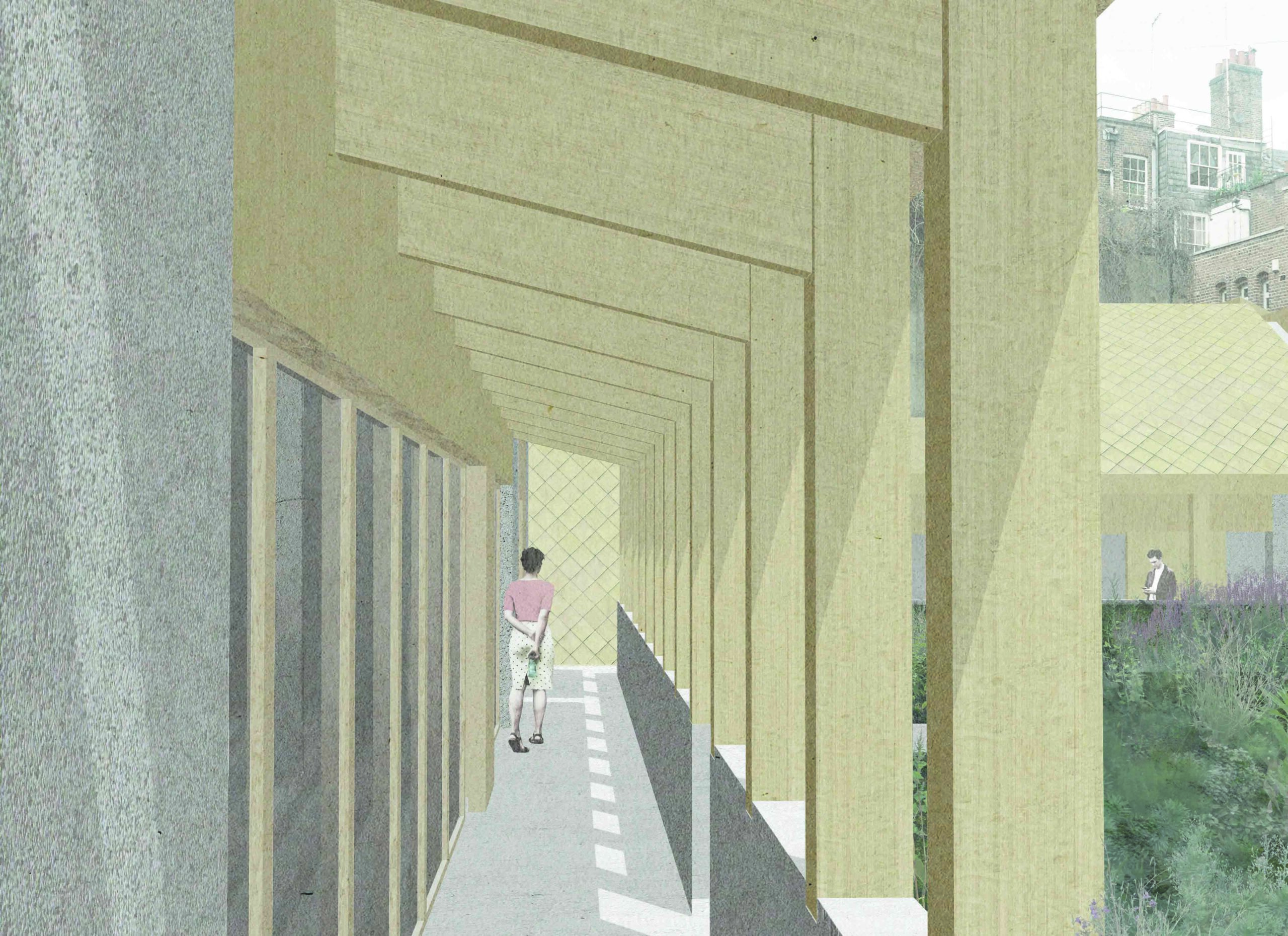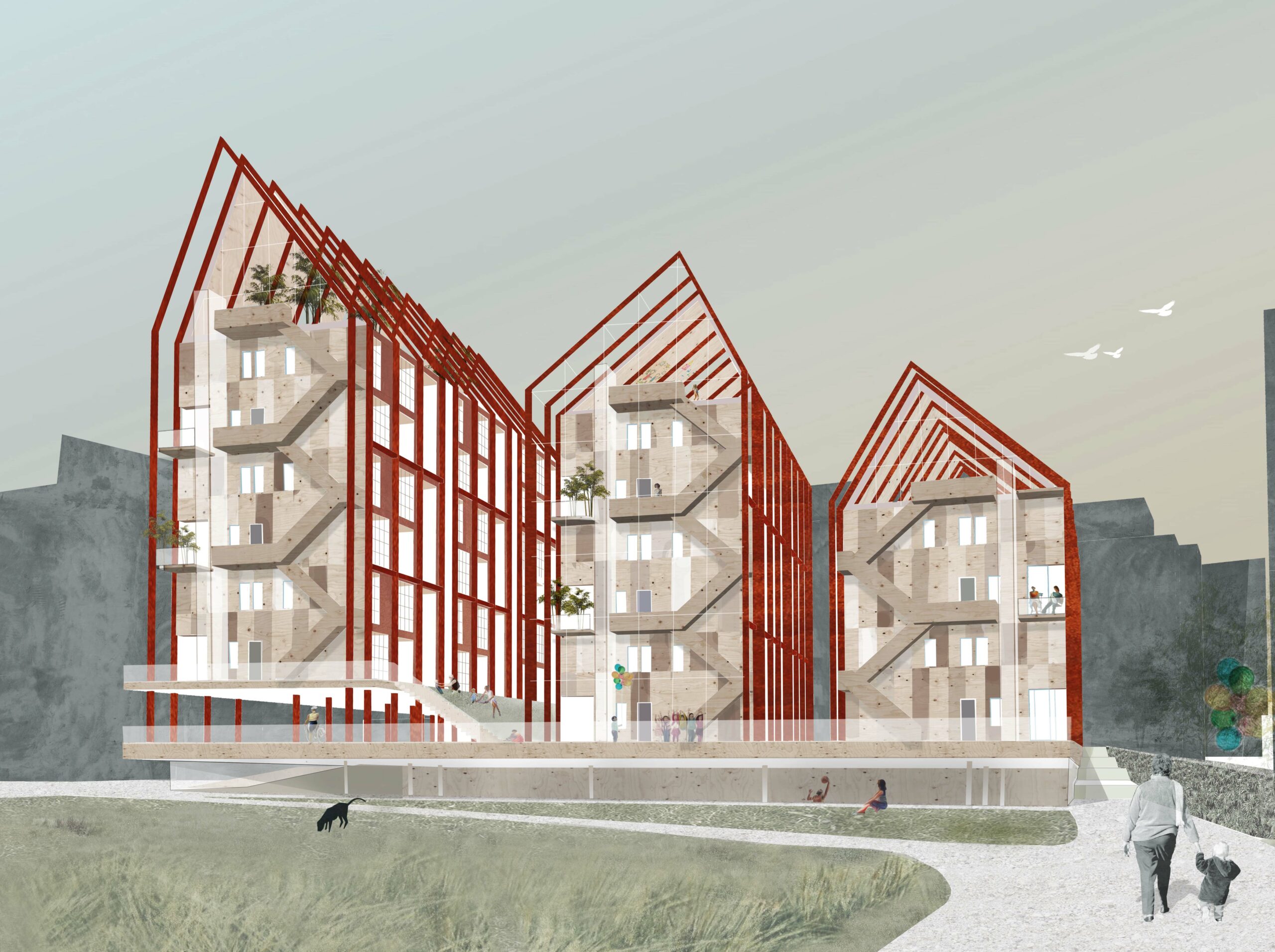Design Studio (Three) Seven ARCHIVE
YEAR THREE – DS3.7
Tutors: John Zhang and David Porter
John Zhang is an architect and academic. Before setting up his own studio, John was an associate at award winning practice DSDHA, where he remains a research collaborator. He holds a PhD from the at the Royal College of Art on the topic of contemporary Chinese architecture.
David Porter is an architect, urbanist and educator. He was a partner of David Porter Neave Brown Architect. He was Professor of Architecture at the Central Academy of Fine Art, Beijing (2012-8); President of the Architectural Association (2015-8); and Head of the Mackintosh School of Architecture, the Glasgow School of Art (2000-11).
Perfect Strangers
Using Beijing and London as our testbeds, and the city as our client, DS3.7 seeks a new poetics of habitation.
Our programme is built around two extensive periods of annual mutual exchange, in which we encourage the mixed team of students from China and the UK to investigate the radically different urban morphologies of London and Beijing. Using creative and comparative methods, we ask the students to develop new concepts and novel tectonics for living that emphasis the organisational and spatial continuity between the new and the old. The joint programme is a platform for dialogue and the exchange of ideas. We pursue a global perspective in tackling increasingly shared urban challenges. We constantly question what it takes to think in context, posed as a general problem in human thought and as a particular problem for architects.
This year DS3.7 will be exploring how, under the pressure of urban densification, existing communities and new arrivals can come together to form new, sustainable and meaningful collectives. San Yuan Li in Beijing, and New Cross in London, are both locations at the junctures of overlapping communities. The central locations of these enclaves and the constitution of their residents make them particularly vulnerable to the social and economic consequences of top-down ‘urban renewal’, where the strong identity of existing communities must confront the spatial needs of transient and newly arriving demographics. So what are the futures of these urban enclave? In many ways, Beijing and London are cautionary tales for each other. There are many lessons these two cities can learn from each other, and that’s what we as a studio intend to do.










